There are many adjectives to define Indonesia, amazing, adventurous, dazzling, indigenous, diverse, both natural and human. However, we like to say that it is overwhelming. Not only is it one of the largest countries in the world (the third most populous, with over 255 million people) but it is also the largest archipelago on the planet, consisting of 17,000 islands, 8,000 of which are uninhabited. Planning a guide to Indonesia is undoubtedly a task as monumental as it is fascinating.
Indonesia’s diversity, where a mix of cultures and religions creates islands that are completely distinct from one another, is reflected in details such as the 300 languages spoken throughout its territory. There are numerous Indonesian languages, from the most commonly spoken along the coasts of Bali to those found in exceptional natural areas such as Borneo or Sumatra, spanning even more remote places like Flores or Sulawesi.
Visiting Indonesia is not something that can be done in just a few weeks. Truly getting to know the archipelago requires a significant amount of time—either through multiple trips or an extended stay, immersing yourself in its islands. Some destinations are more challenging, while others are well-prepared for tourism. However, few journeys are as adventurous and rewarding as traveling through Indonesia.
Indonesia‘s geographical location is truly unique. Not only does it encompass the largest portion of the Malay Archipelago, making it the world’s largest island nation, but it is also situated in the most seismically active region on the planet. Furthermore, the volcanoes on islands such as Java and Lombok contrast sharply with the dense jungles of Borneo.
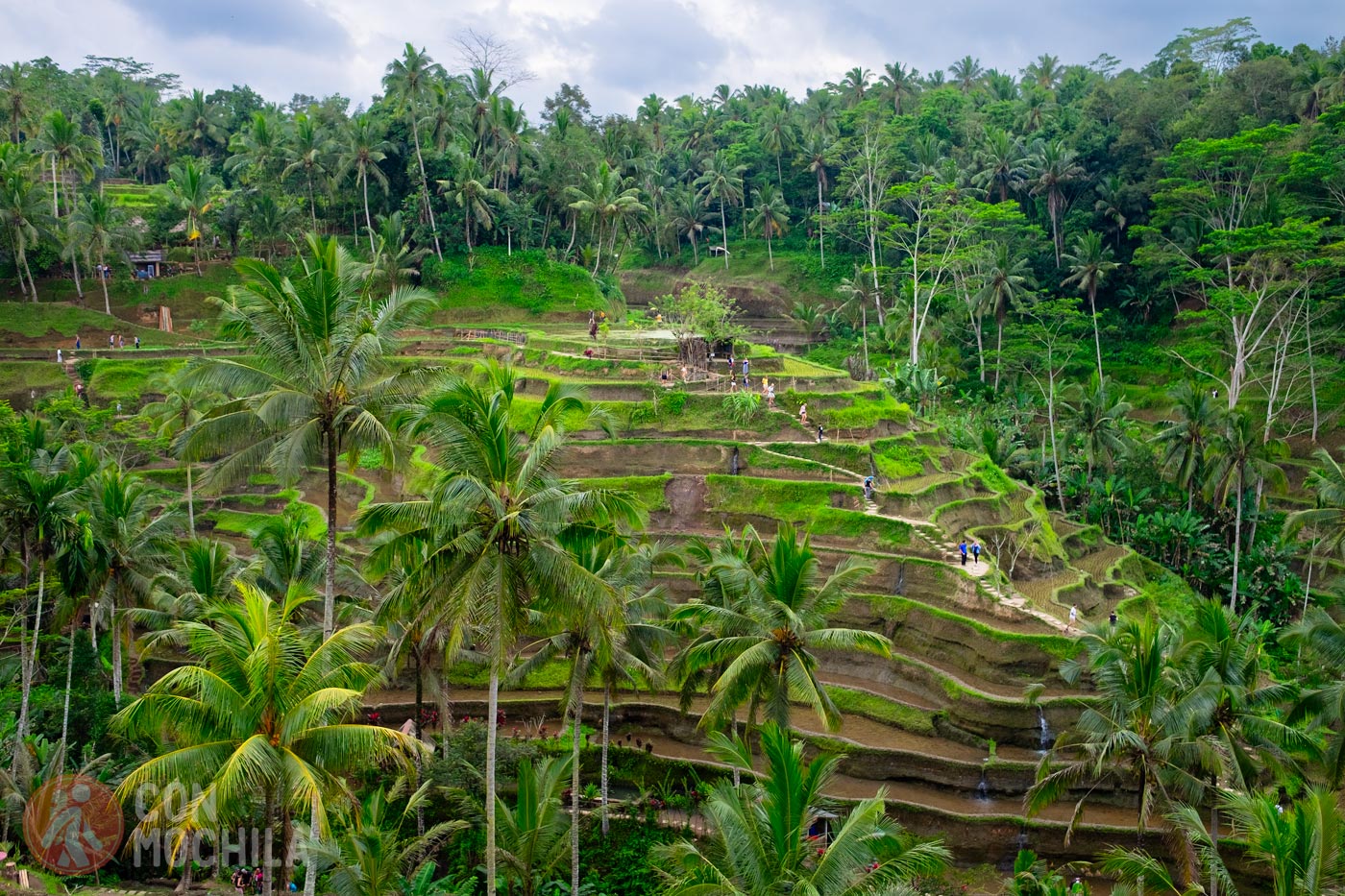
However, mass tourism in Indonesia is largely concentrated in Bali and is gradually expanding to nearby territories such as Nusa Penida and Lombok. Java is also a popular destination, particularly among Dutch travelers and volcano enthusiasts. Meanwhile, diving aficionados are beginning to explore places like Flores and Papua. Yet, Indonesia is vast, diverse, and difficult to cover in a single trip.
Indonesia offers a journey within journeys, with an unparalleled diversity in a tropical, monsoonal part of the world. Above all, it is a land that is anything but homogeneous—from the easternmost tip of Papua to the westernmost point of Sumatra. Each island has its own unique culture, society, language, landscape, mountains, and cuisine, surpassing even many better-known destinations.
Indonesia is like discovering multiple countries in one. And that’s without even delving into its beliefs and religions. While often described as a Muslim country, it is home to a vast array of faiths coexisting harmoniously.
Indonesia has generally required visa processing for Spanish-speaking citizens, although it has occasionally offered temporary visa exemptions. It was expected that this exemption would return in 2024, but as of 2025, it is still not available.In any case, obtaining permission to enter the country is relatively easy.
Travelers can apply for the Visit Visa, which allows entry for tourism purposes. For approximately 30 euros, it grants a stay of up to 30 days. The visa can be requested online or processed directly at the airport and can later be extended for another month. You can find detailed information in the Indonesia visa section.
Indonesia is generally more expensive to reach compared to other major airport hubs in Southeast Asia, such as Bangkok or Kuala Lumpur. The most budget-friendly option is usually to fly to its capital, Jakarta, as international flights tend to be more affordable. Additionally, its location on the island of Java makes it an ideal starting point for those wishing to explore Borneo and Sumatra.
Another major entry point is Bali. Located roughly in the center of the archipelago, it is perfect for those looking to enjoy beaches in Lombok or even venture to Flores. If your focus is on the eastern regions of Indonesia, Bali is the better option. However, during high season, flights to Bali are often more expensive than those to Jakarta.
It’s essential to travel to Indonesia with comprehensive insurance. We were among the first to offer the popular 5% IATI discount, and you can now get it with Heymondo Travel Insurance as well. You can find more information about both companies through the links provided above, or you can access the discount directly using the buttons below (in both cases, you’ll see the reduced final price on their website):
Indonesia is a stunning tropical archipelago in Southeast Asia, characterized by its rainy monsoon seasons and year-round heat across much of its territory. In reality, any time is a good time to travel to Indonesia, but considering its climate will help you avoid any inconveniences—or at least be well-prepared for what lies ahead.
Low season in Indonesia: October to April. During these months, the islands of Java, Bali, Lombok, and Flores experience heavy rainfall, significantly more than neighboring countries such as Thailand, Laos, or Cambodia. The climate is particularly harsh in Bali and Lombok during the first two months of the year. In contrast, in the Moluccas and Papua, October to April marks the dry season, making it an ideal time for diving.
High season in Indonesia: July and August. During the European summer months, you can enjoy warm and pleasant temperatures with no rain across most of the country. However, in the Maluku Islands and Papua, occasional showers are possible.
Mid-season in Indonesia: May to June and September. The European Spring coincides with relatively favorable weather in most of the country, especially on the islands of Java, Bali, and Lombok. The exception is the Maluku Islands and Papua, where rainfall is even more frequent than in July and August.
While many hotels, guesthouses, and restaurants in Philippines offer free Wi-Fi, some travelers prefer or need a constant connection. We’ve included details on obtaining a eSIM Indonesia card with unlimited data (from Holafly) or with fixed data but cheaper (from Saily).
If you want to get it directly, here’s the link (with a discount) for both companies:
Indonesia uses the Indonesian rupiah, the country’s official currency, whose ISO code is IDR. Interestingly, its name originates from the Indian rupee. Indonesians often refer to it as perak, which means “silver” in Indonesian. With a history marked by wars and conflicts, the first Indonesian rupiah was issued on October 3, 1946.
As the capital of the central island of Java, Indonesia’s largest city is as chaotic as it is fascinating. Its rich cultural and religious diversity makes it the perfect introduction for anyone wanting to understand Indonesian society. The city is home to mosques, churches, colonial neighborhoods, and museums. But is Jakarta all about culture and tradition? Quite the opposite.
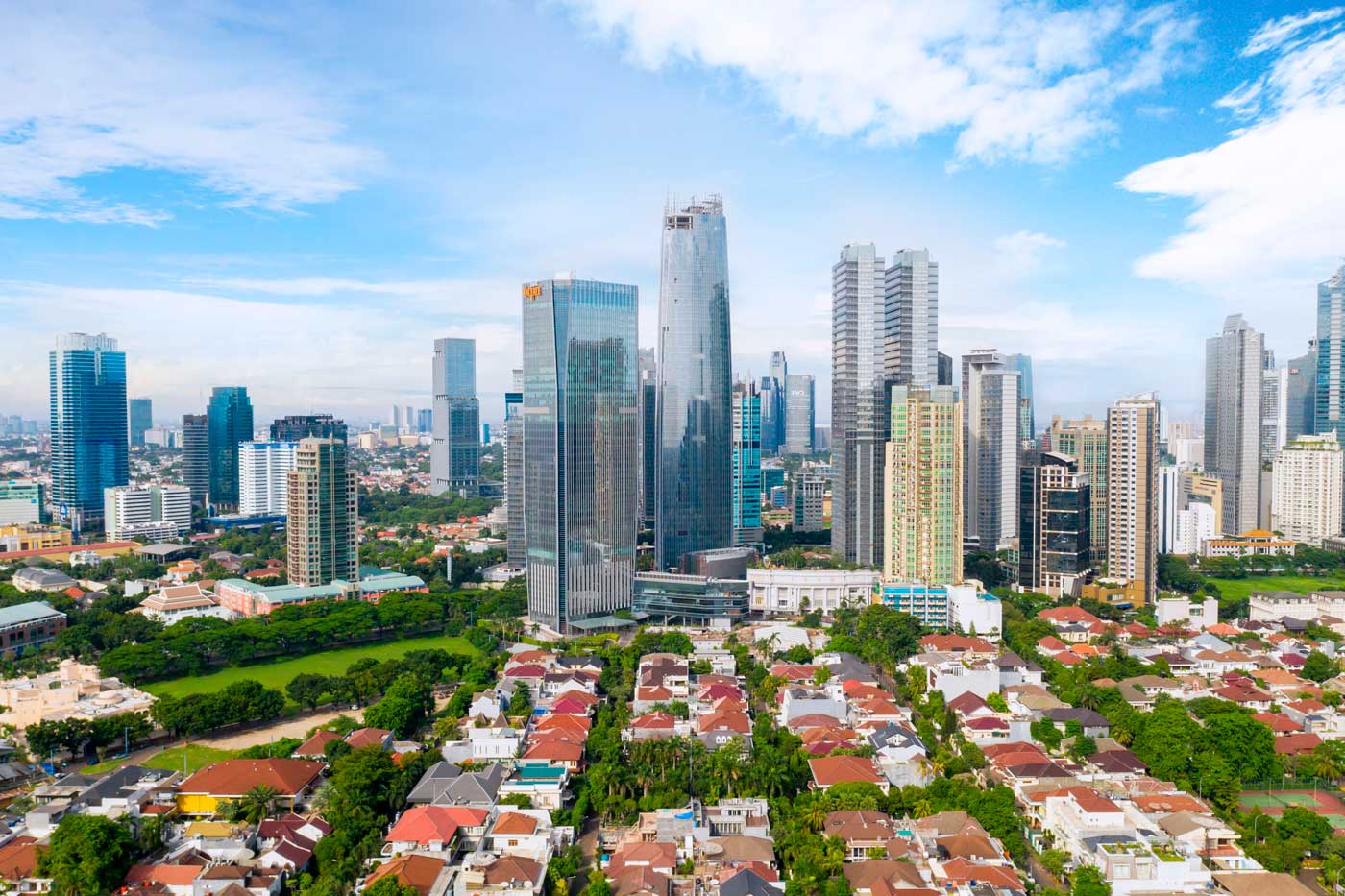
Jakarta offers a spectacular range of entertainment options, from luxurious rooftop bars atop skyscrapers to top-tier restaurants and a vibrant street life. Walking through its neighborhoods feels almost like attending a live theater performance, as the city blends the old with the new in a way few places do. For those familiar with it, Jakarta is an Asian megalopolis that rivals Bangkok or Kuala Lumpur in entertainment—though it remains lesser known.
Moreover, the city’s contrasts and openness mean that, despite having a predominantly Muslim population, Jakarta’s northern side boasts a dynamic nightlife scene. From quirky venues to small bars, as well as clubs and live music spots, the city offers a lively experience. Spending a few days in Jakarta is ideal for any trip to Indonesia, especially for those who want to understand the pulse of the archipelago.
The historic city of Yogyakarta lies at the foot of Mount Merapi in central Java. Over a thousand years ago, powerful Hindu and Buddhist kingdoms competed for control of the island in this very region, building monumental structures amidst the jungles and rice fields. Today, the city—nicknamed Jogja—is a peaceful Indonesian provincial town, with bustling markets, mosques, and a vibrant university community that fills its streets and squares with life.
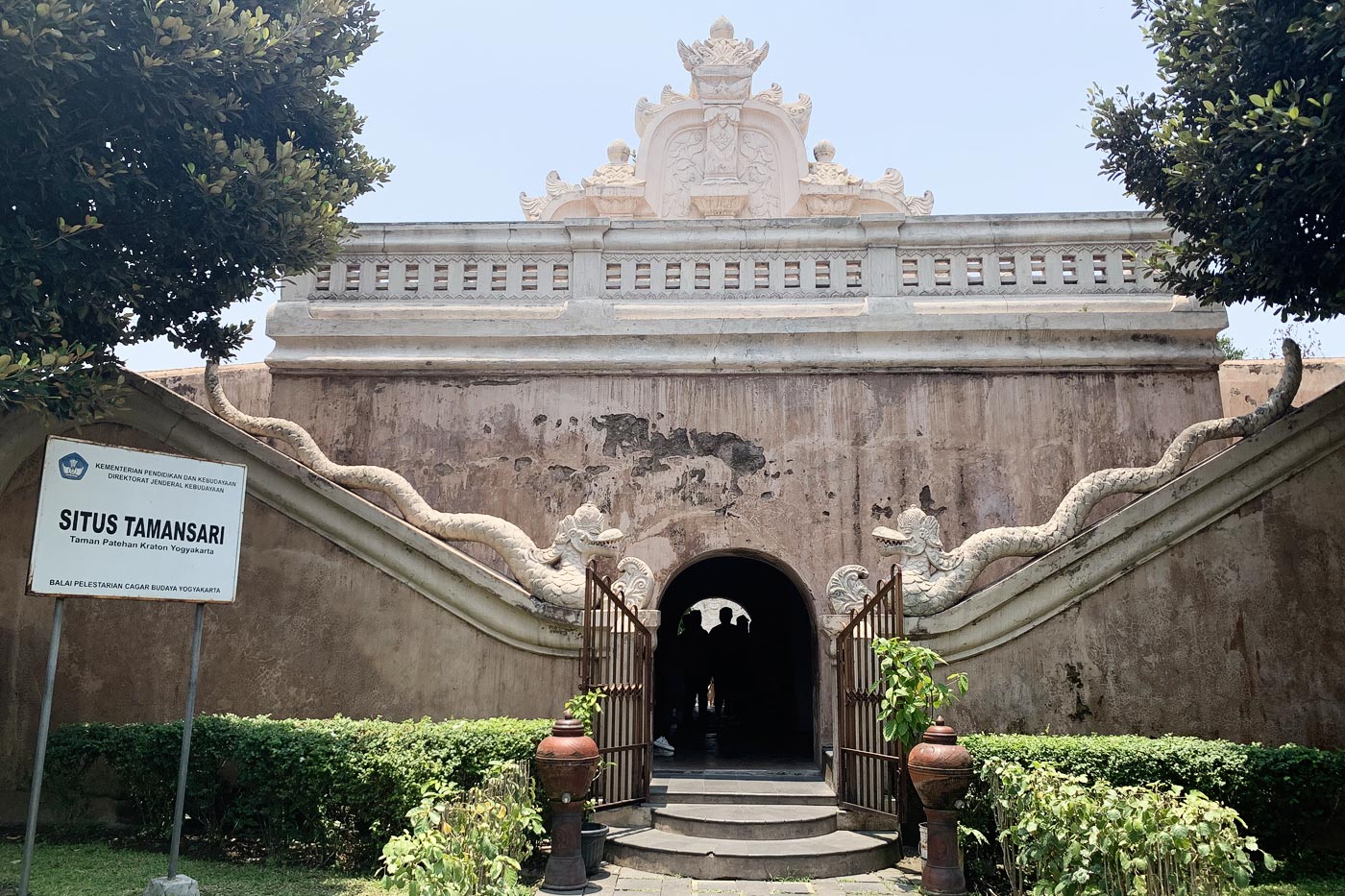
The most remarkable aspect of Yogyakarta is its proximity to the ruins of Prambanan and Borobudur, two of the most spectacular and awe-inspiring temple complexes in all of Asia, located just a short distance from the city. Perhaps the greatest cultural experience in Indonesia is visiting these temples—aside from Bali, of course.
Approximately 40 kilometers separate Yogyakarta from the largest Buddhist temple in the world. Its name is Borobudur, and it stands surrounded by rice fields and coconut trees, making it one of the most impressive structures in all of Asia.
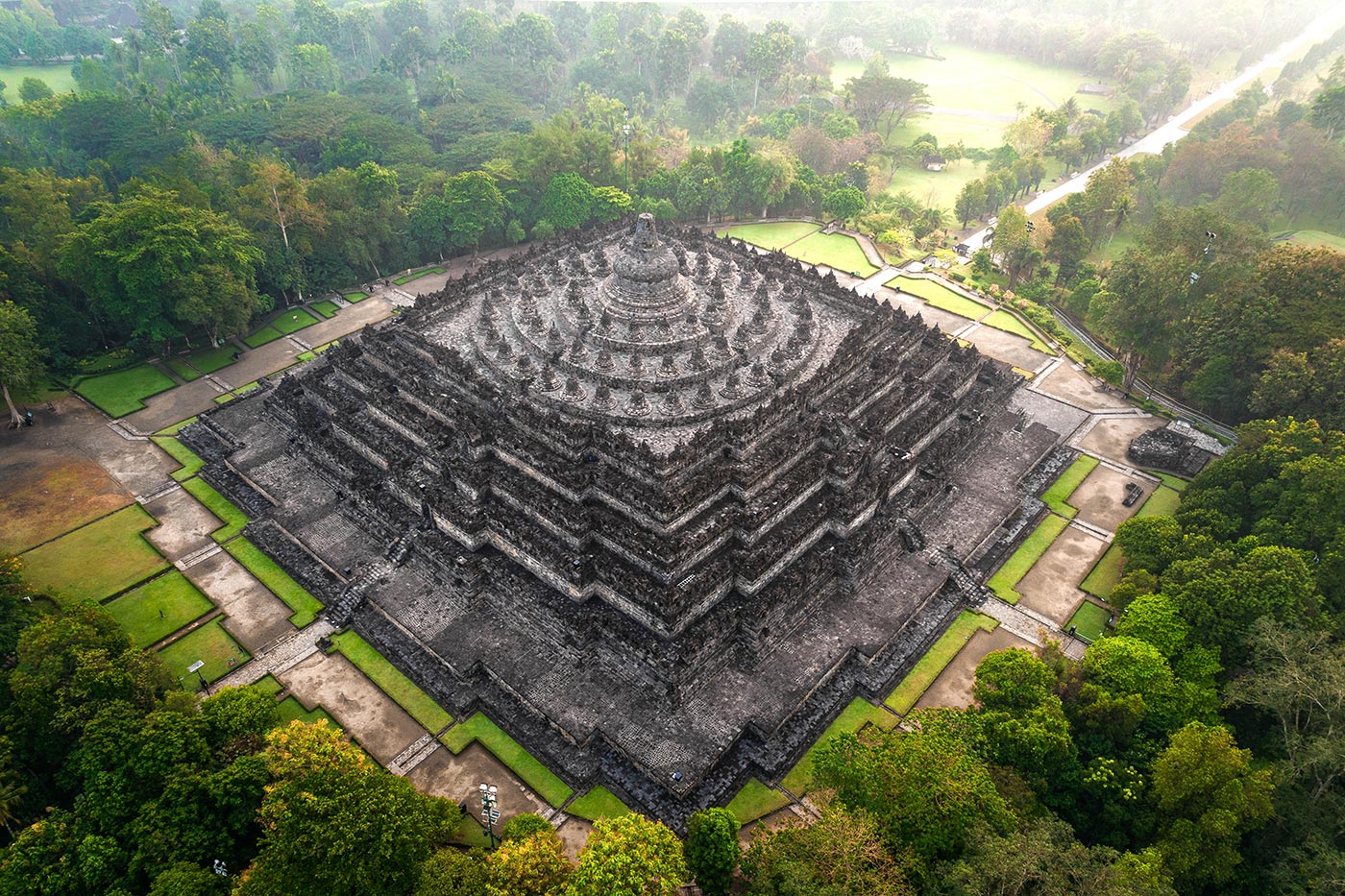
Borobudur is often referred to as a temple, although that is not entirely accurate. Its mystical origins remain unknown, and all that is certain is that it was built over a thousand years ago as a monument dedicated to the Buddhist faith. With more than 500 Buddha figures and a unique aura of mystery, Borobudur is a must-see for anyone seeking to be captivated by Buddhism.
Easily accessible via the brand-new high-speed train from Jakarta, Bandung is a university city with a unique atmosphere and a rich history. Considered one of the capitals of West Java, it is renowned for its colonial architecture. Additionally, at an altitude of over 700 meters, its climate is far more pleasant than that of Jakarta.
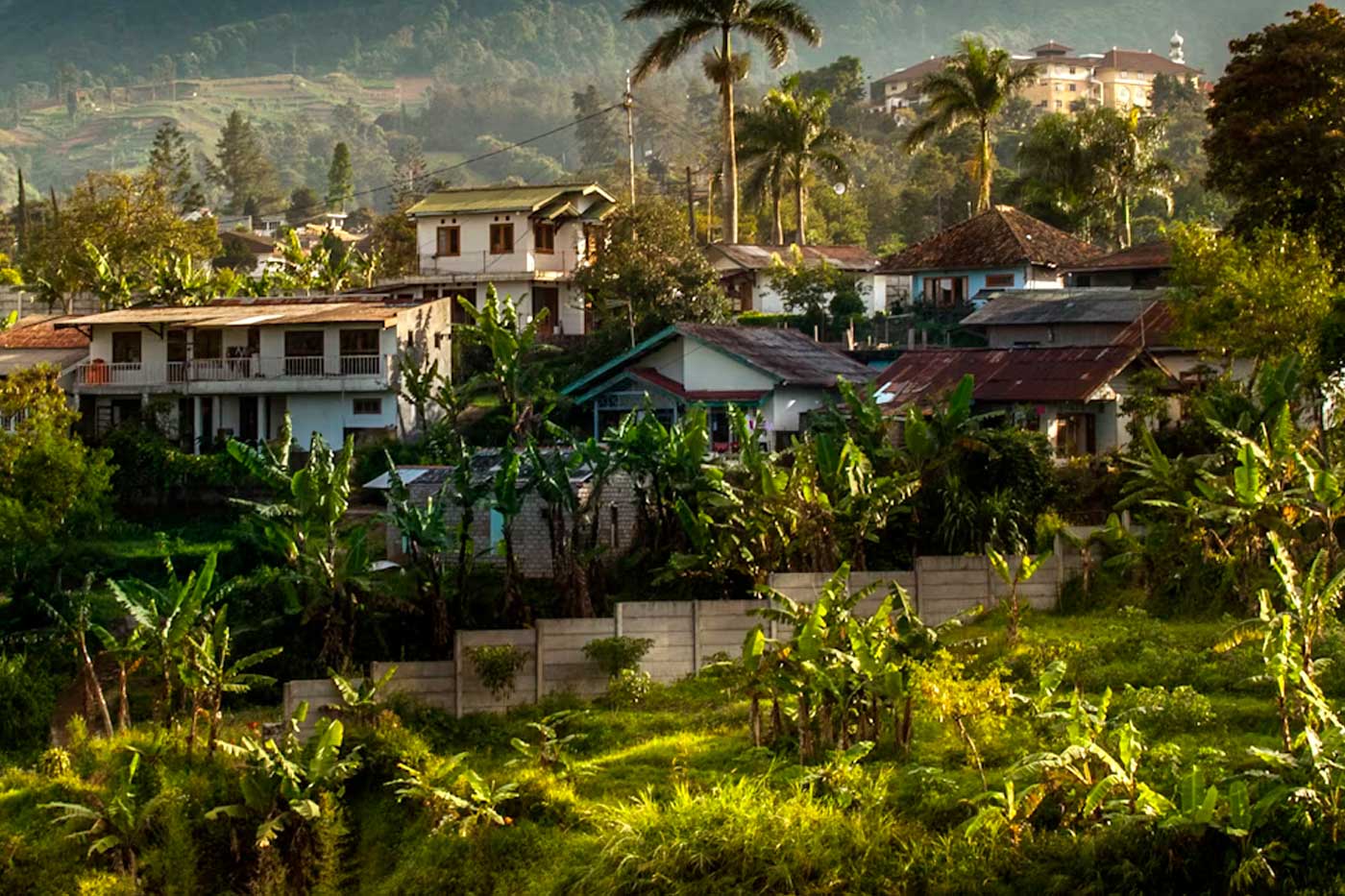
For some, Bandung is also the culinary capital of Indonesia. Indonesian cuisine reaches new heights in Bandung, which also holds great appeal as a major commercial hub. If you are a nature lover, you will be fascinated by its location, surrounded by volcanoes and tea plantations.
The largest city in Central Java is known as the “Venice of Indonesia” and is internationally recognized as the cleanest city in Southeast Asia. Semarang has a cosmopolitan history where many cultures converge, making it one of the most beautiful cities to visit in Indonesia.
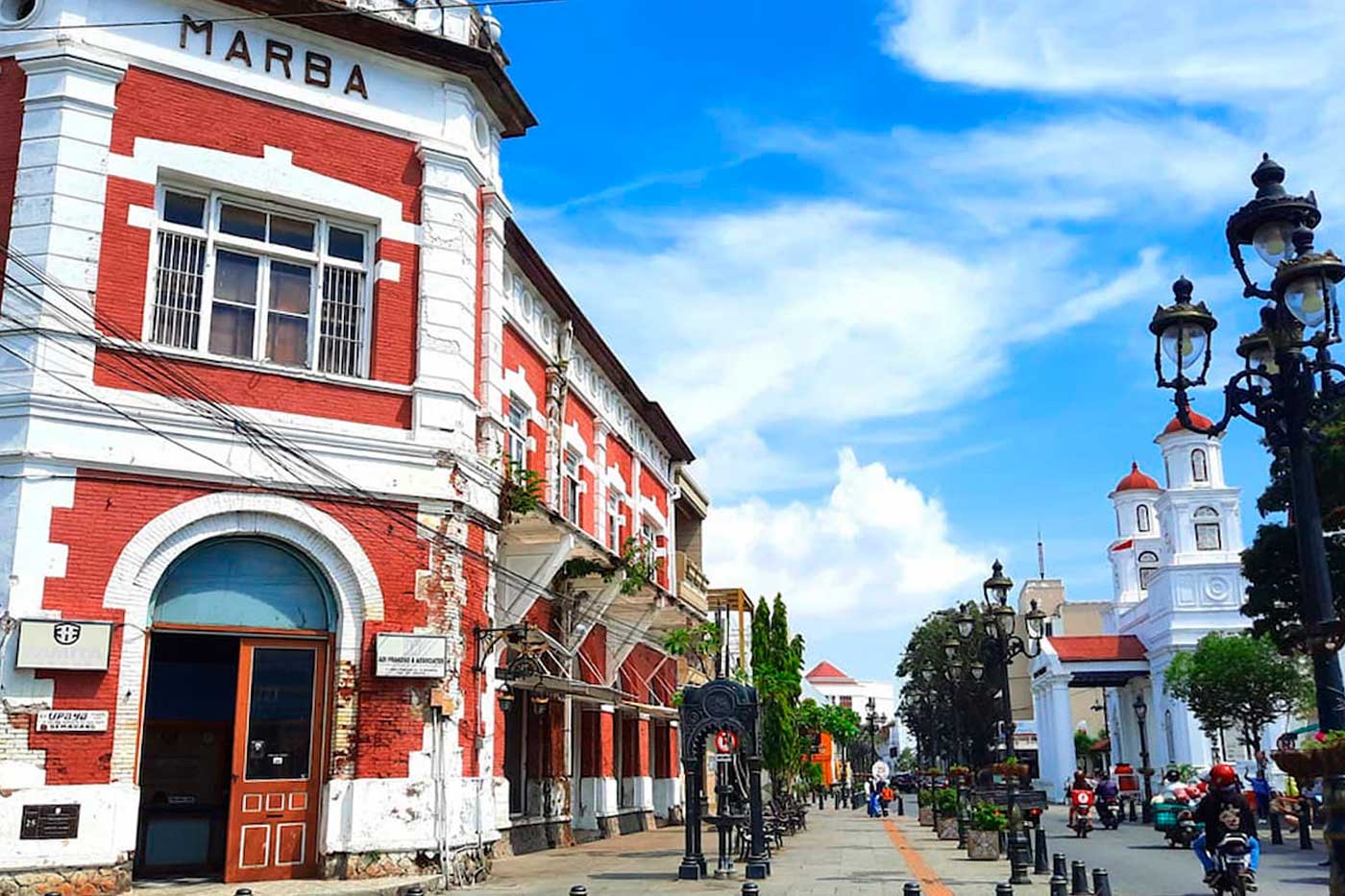
Crisscrossed by rivers, much like the canals of Venice, Semarang was dubbed the “Venice of Java” by Dutch colonizers. Its colonial beauty attracts travelers from around the world who come to wander through streets that seem frozen in time, offering a blend of European and Chinese influences.
The second most populous city in Indonesia, Surabaya is a beautiful, modern, and thriving metropolis in Java, serving as the eastern capital of the country’s main island.
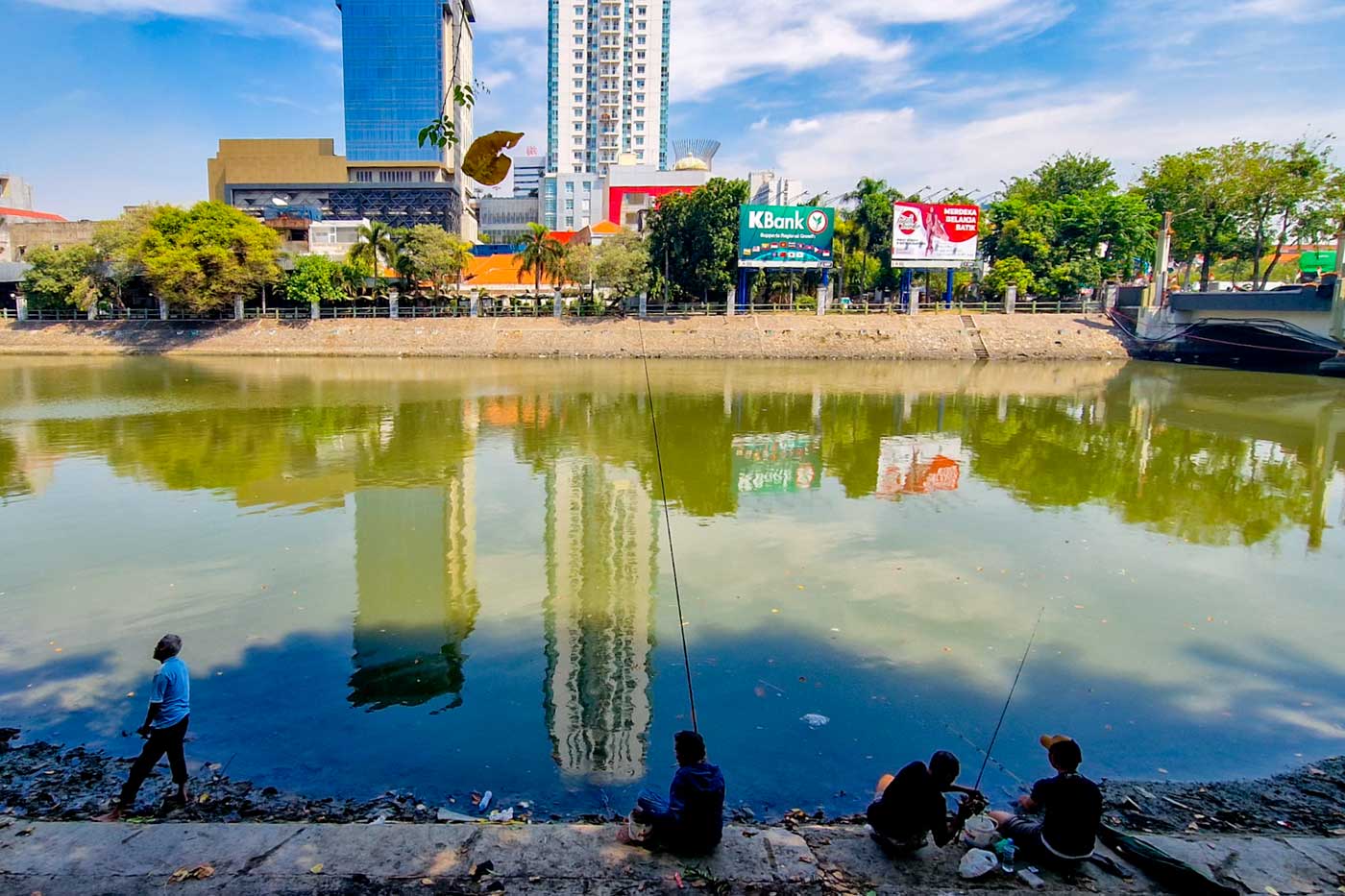
Many travelers visit Surabaya simply because of its large international airport, making it a convenient entry and exit point. However, Surabaya’s true significance lies elsewhere: it is the gateway to what many consider the most spectacular active volcano in the country, Mount Bromo.
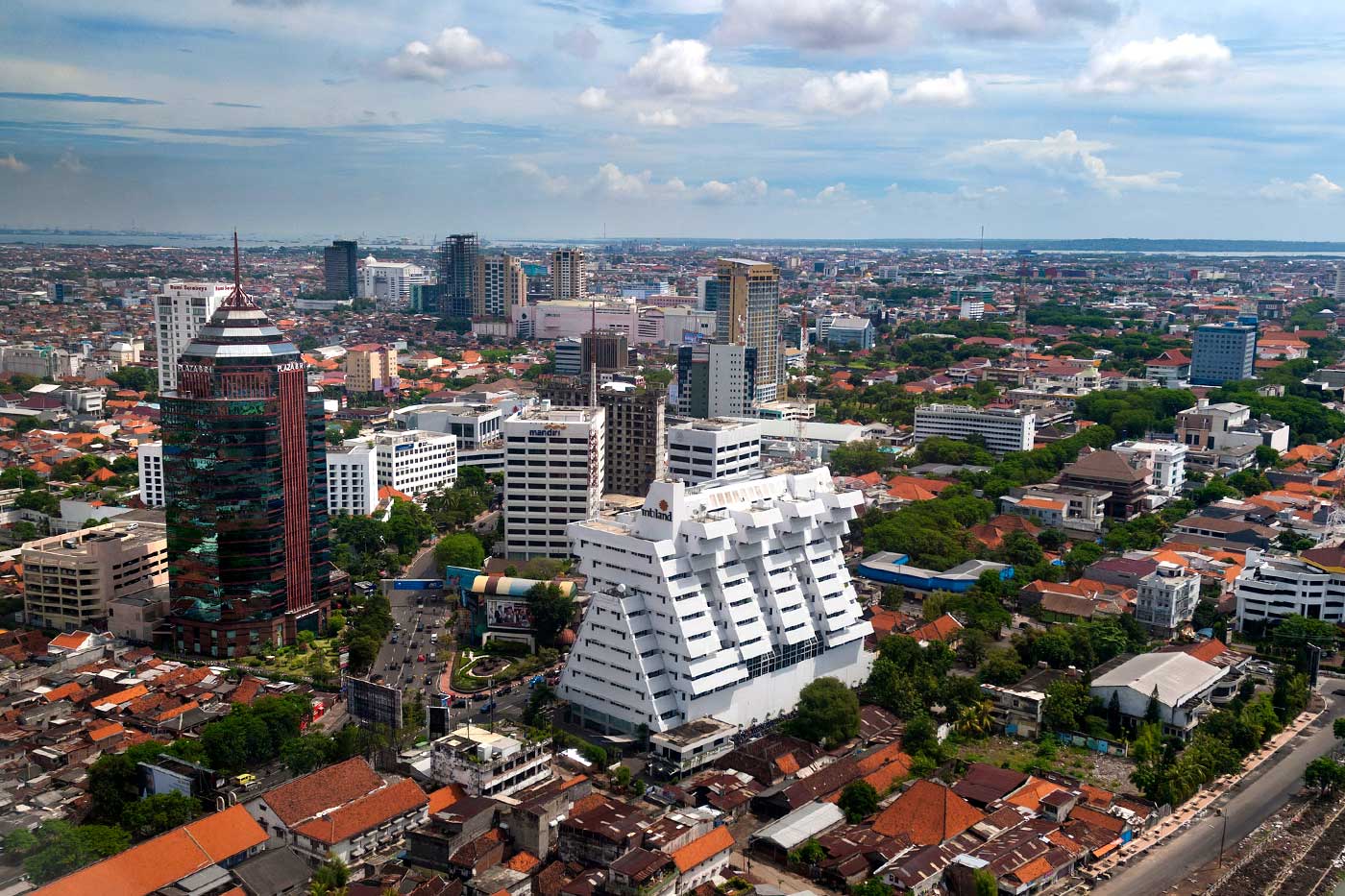
In addition, Surabaya is a cosmopolitan city with a vibrant atmosphere and excellent shopping districts. It boasts impressive avenues, expansive parks, and outstanding cuisine. If you have time, spending a day exploring Surabaya is highly recommended.
For decades, Banyuwangi was considered little more than a port town, mainly serving as a transit point for travelers crossing between Bali and Java by sea. Most visitors simply passed through without stopping. However, due to the increasing overcrowding in Bali, this border town at the easternmost tip of Java has now become a charming alternative for those seeking a more authentic Indonesian coastal experience with a truly local essence.
Often referred to as the “Island of the Gods,” Bali is, for many, the crown jewel of Indonesia. In fact, some even regard it as a destination separate from the rest of the archipelago, as if it were an independent entity. Yet, Bali is as Indonesian as it is unique—partly because it is the only island with a Hindu majority, which gives it a distinct cultural identity and unique architecture.
Bali offers almost everything. It boasts breathtaking natural landscapes, such as the famous Ubud, where, despite significant gentrification, it is still possible to find stunning untouched scenery. The island also features countless beaches, dramatic cliffs, and world-renowned surfing spots.
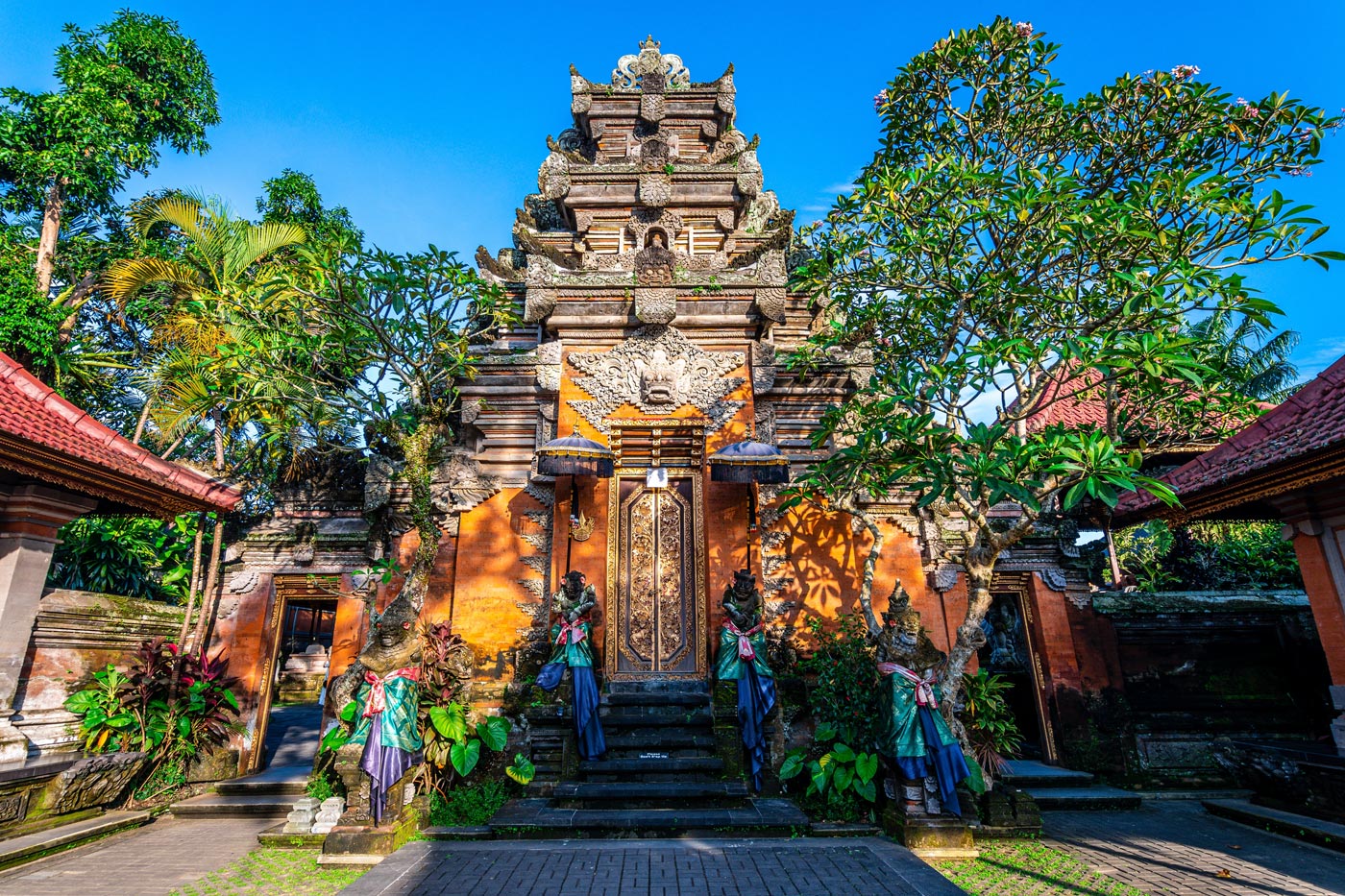
However, Bali can also be highly commercialized and hectic in areas like Seminyak and the bustling Kuta, where thousands of expensive cafés and beach clubs bear little resemblance to the real Indonesia but cater perfectly to partygoers unconcerned with high prices. Bali can be as luxurious or as simple as you want it to be.
Special mention must be made of Canggu, located in southern Bali, an area that has convinced countless backpackers to settle along its shores. Here, you’ll find the most authentic cafés and the most surf-friendly beaches. It’s also a great place to make friends with the Balinese locals, who gather every night to drink arak—the island’s traditional liquor—and meet travelers from all over the world.
Within Bali’s sphere of influence lies Nusa Penida, a much smaller island that shares the Hindu character of its larger sister. While it may not be as spectacular in terms of natural landscapes, the beaches of Penida are more beautiful and far less crowded than those of Bali.
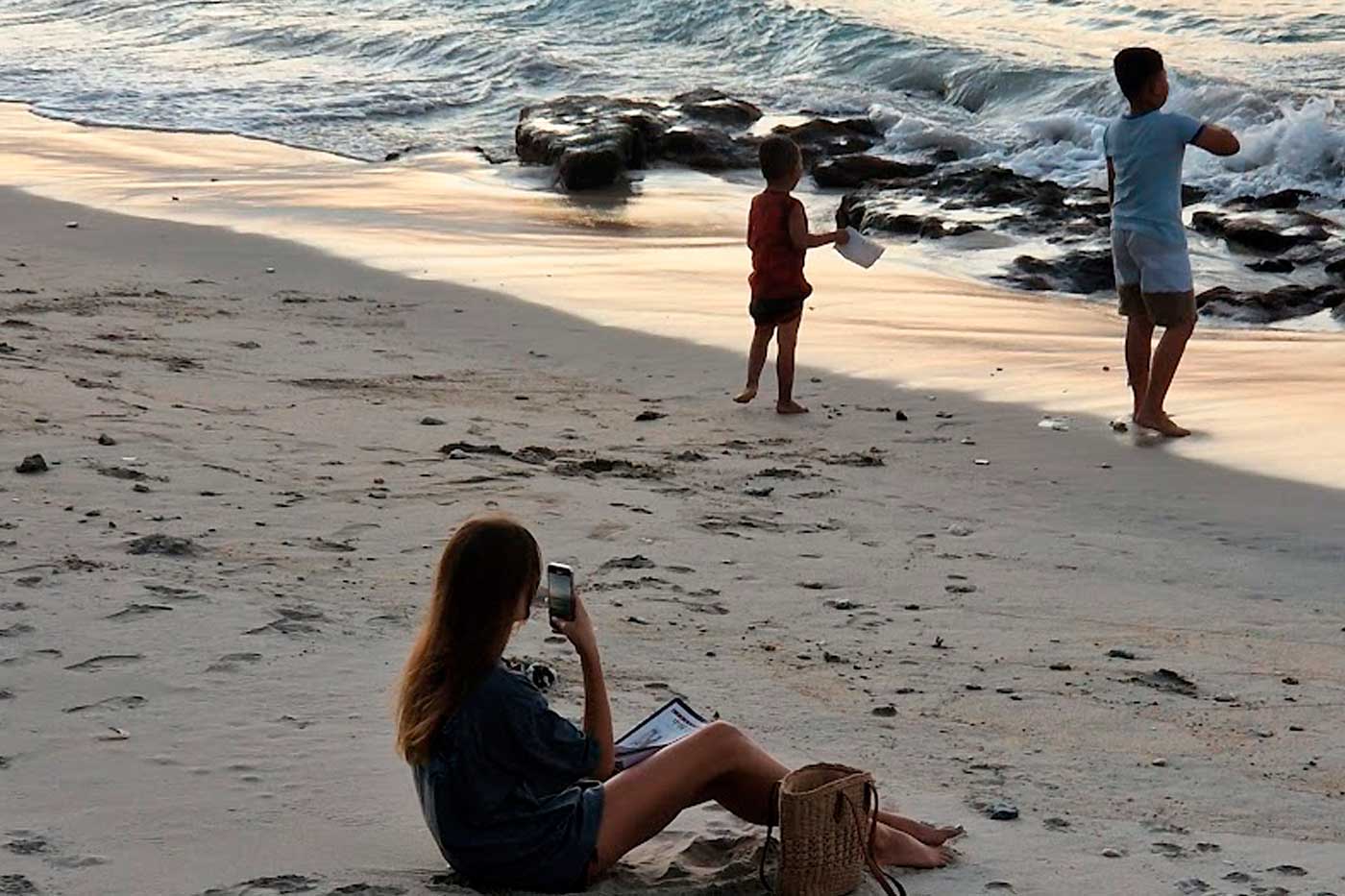
Nusa Penida alone may not justify a trip to Indonesia, but given its proximity to Bali, it makes for an ideal getaway for at least a few days. It is cheaper, less crowded, has many affordable diving centers, and serves as a great intermediate stop between the Island of the Gods and neighboring Lombok.
Bali’s eastern sister island has emerged as a new hotspot for surfing, beaches, and mountains. It is large enough to satisfy any traveler and serves as the perfect cultural complement to Bali. Lombok is often referred to as “the Muslim Bali,” and with good reason.
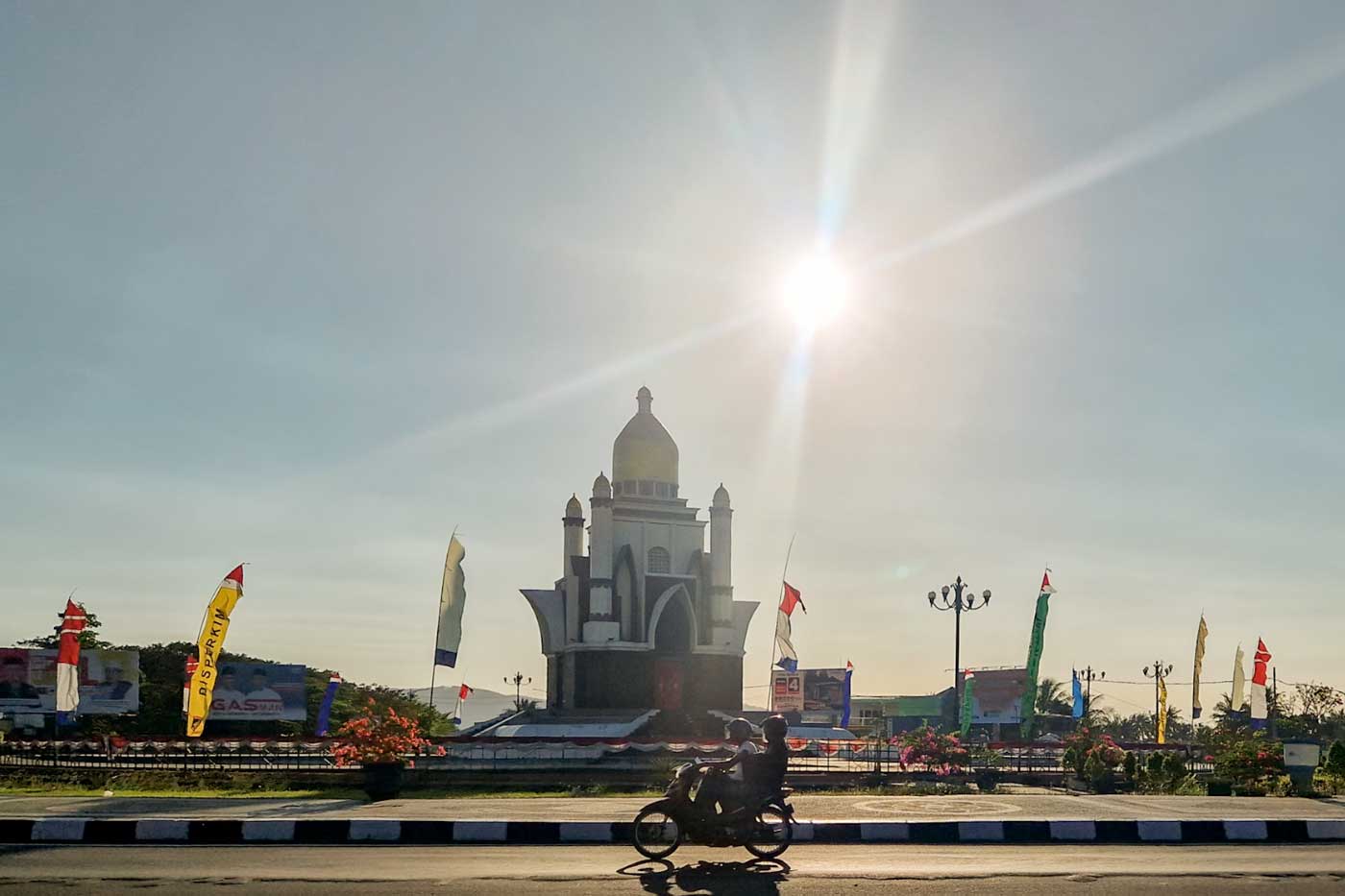
Despite being a Muslim-majority destination, Lombok is incredibly welcoming, and religion is never an issue. Many travelers even find it more enjoyable than Bali because it is far less crowded and lacks the extreme consumerism that defines Indonesia’s most famous island.
Lombok is perfect for diving and beach-hopping, with areas like Kuta offering everything a traveler could need. However, its natural wonders are equally impressive. One of the most spectacular volcanoes in the country, Mount Rinjani, is located in the island’s north. Additionally, Lombok is an affordable and peaceful destination. For those seeking nightlife, the Gili Islands are easily accessible from the coast.
Located between Lombok and Komodo Island, the West Nusa Tenggara archipelago remains largely off the beaten path due to the limited presence of international tourism. We wouldn’t necessarily recommend visiting unless you plan to spend an extended period in Indonesia and want to explore lesser-known destinations. The most noteworthy of these is Sumbawa Island, particularly for surfers.
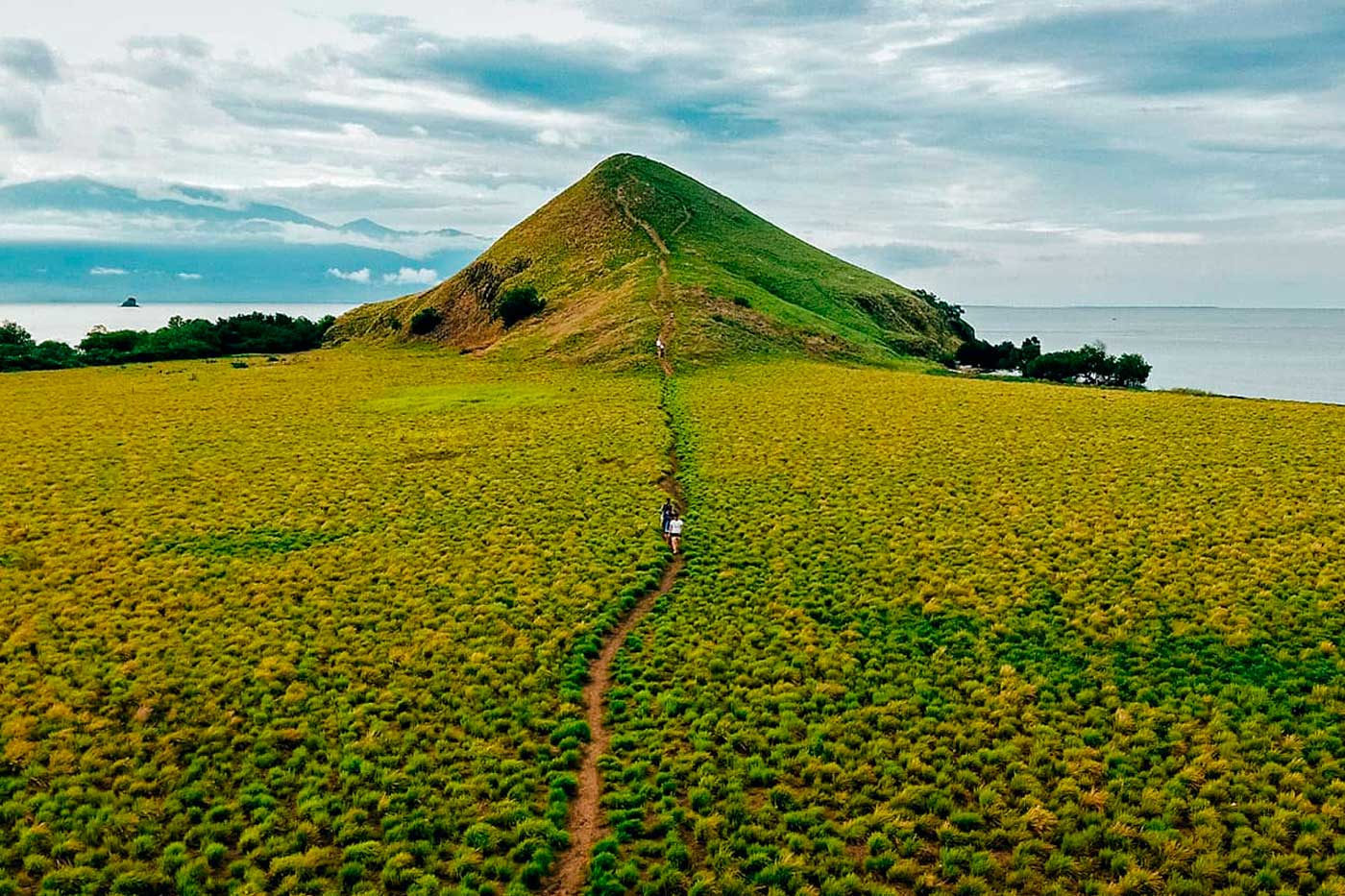
Easily accessible from either Lombok or Komodo, Pulau Sumbawa requires a bit more time to explore due to its lack of infrastructure. However, it is a true hidden gem for beach lovers and, especially, for surfing enthusiasts. The island features stunning coral reefs and world-class waves. Additionally, it boasts a fascinating traditional culture, where buffalo races are still held and boxing is practiced as a ritual.
Further south in West Nusa Tenggara, lies the remote Pulau Sumba, a breathtaking destination with slightly more tourism infrastructure than Sumbawa but still far from the levels of Bali or even Flores.
From a natural standpoint, Sumba is truly spectacular, offering pristine beaches, rolling hills, waterfalls, rivers, lakes, savannas, diverse wildlife, traditional houses, and ancestral clothing.
Sumba is ideal for those seeking to explore beyond the well-known Indonesian hotspots without taking significant risks. Despite its limited infrastructure for travelers, it remains a manageable and accessible destination.
Technically, Labuan Bajo is part of the larger island of Flores. However, due to its immense tourist significance and bustling port, it is best considered an independent destination. Once a simple seaside resort with Portuguese influence, Labuan Bajo has now transformed into a highly commercialized tourist hub, with both its advantages and drawbacks.
Everything in Labuan Bajo feels somewhat artificial. Restaurants cater to international tastes, fashion boutiques are designed for tourists, businesses are geared toward foreigners, and most of the people in the city center are travelers. In some areas, it is easier to find a hamburger than a traditional nasi goreng.
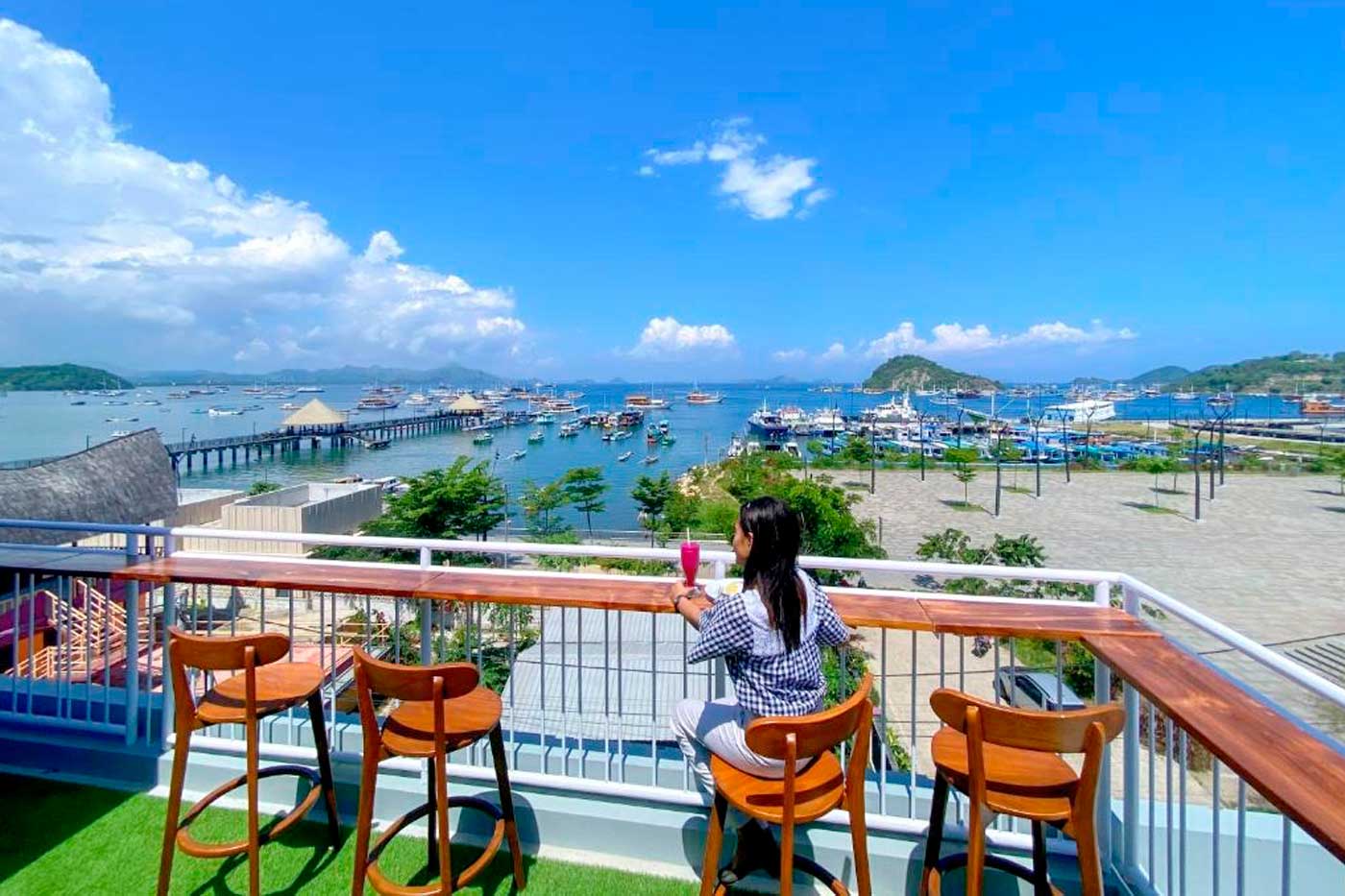
That being said, Labuan Bajo serves as an excellent meeting point for travelers—similar to Siem Reap in Cambodia or Khaosan Road in Bangkok. It carries a vibrant backpacker atmosphere, making it easy to connect with people and engage in great conversations.
But what is Labuan Bajo truly known for? Primarily, it is the gateway to KomodoNational Park and nearby attractions such as the Pink Beach. Additionally, the diving opportunities in this region rank among the best in the world. For those passionate about exploring the underwater world, Labuan Bajo is an unmissable destination.
Flores Island is one of the most enchanting places in all of Indonesia—if you have enough time to explore it. Although most travelers only pass through Labuan Bajo, venturing just a little further reveals some of the most breathtaking natural landscapes in the country, along with a warm and welcoming atmosphere. The scenery in Flores is truly postcard-worthy; in many areas, it feels as if you’ve stepped into a movie, especially if you’re willing to go beyond the usual tourist routes.
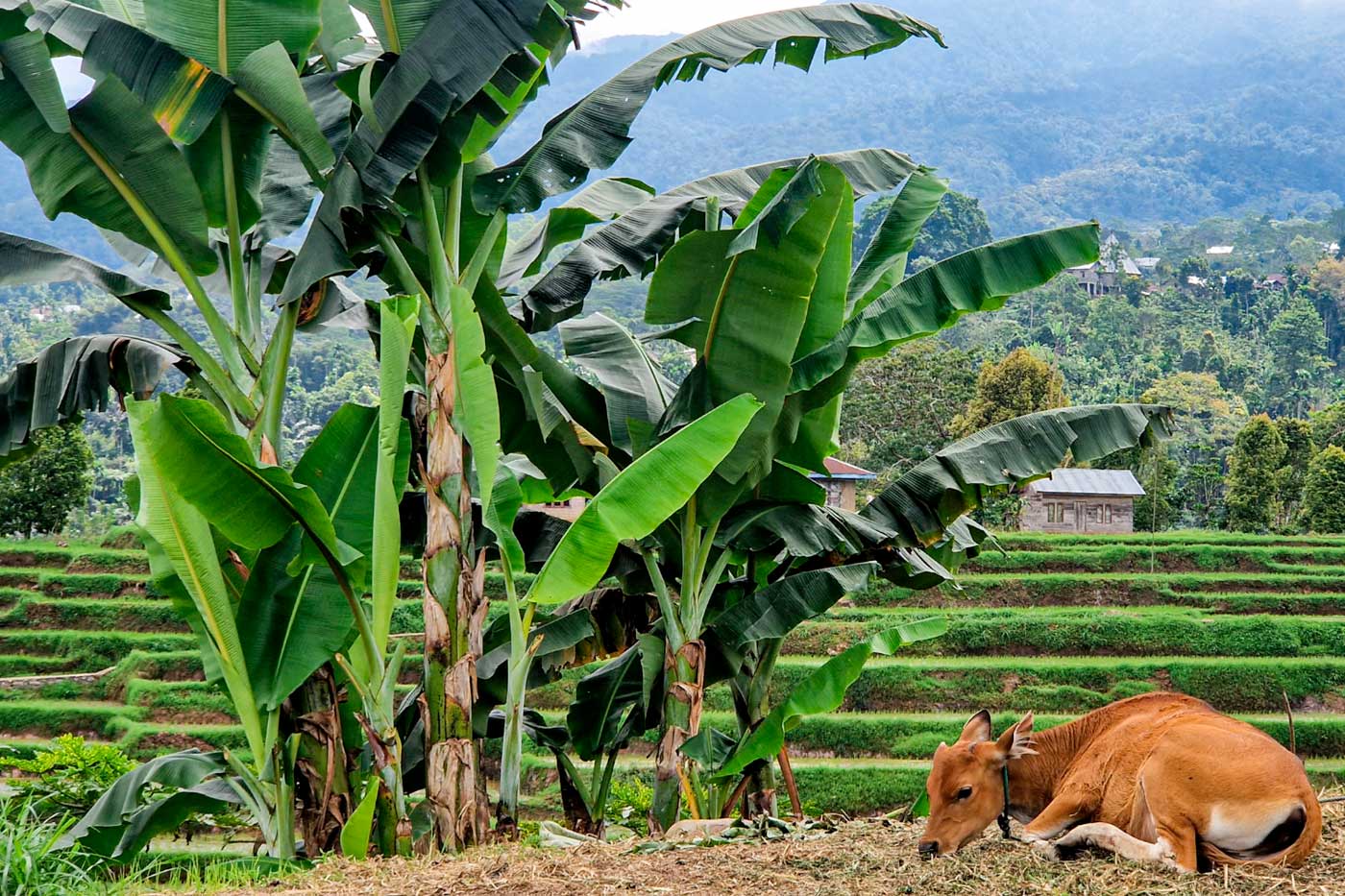
Flores boasts volcanoes, jungle tribes, deserted beaches, and much more. Traveling around the island can be a bit challenging, but for adventurous travelers who can ride a motorbike, it is an unforgettable experience. The large-scale tourist industry stops at Labuan Bajo—beyond that, everything is deeply local. However, the locals are friendly and of Christian heritage, so even if they don’t speak your language, getting help is usually easy.
Once known as Celebes when discovered by the Portuguese, today Sulawesi has its own strong identity and is one of the most fascinating islands to explore in Indonesia. With increasing tourist interest, this vast, predominantly Muslim, rich in traditions, offers a warm welcome to travelers and exudes an atmosphere of tranquility.
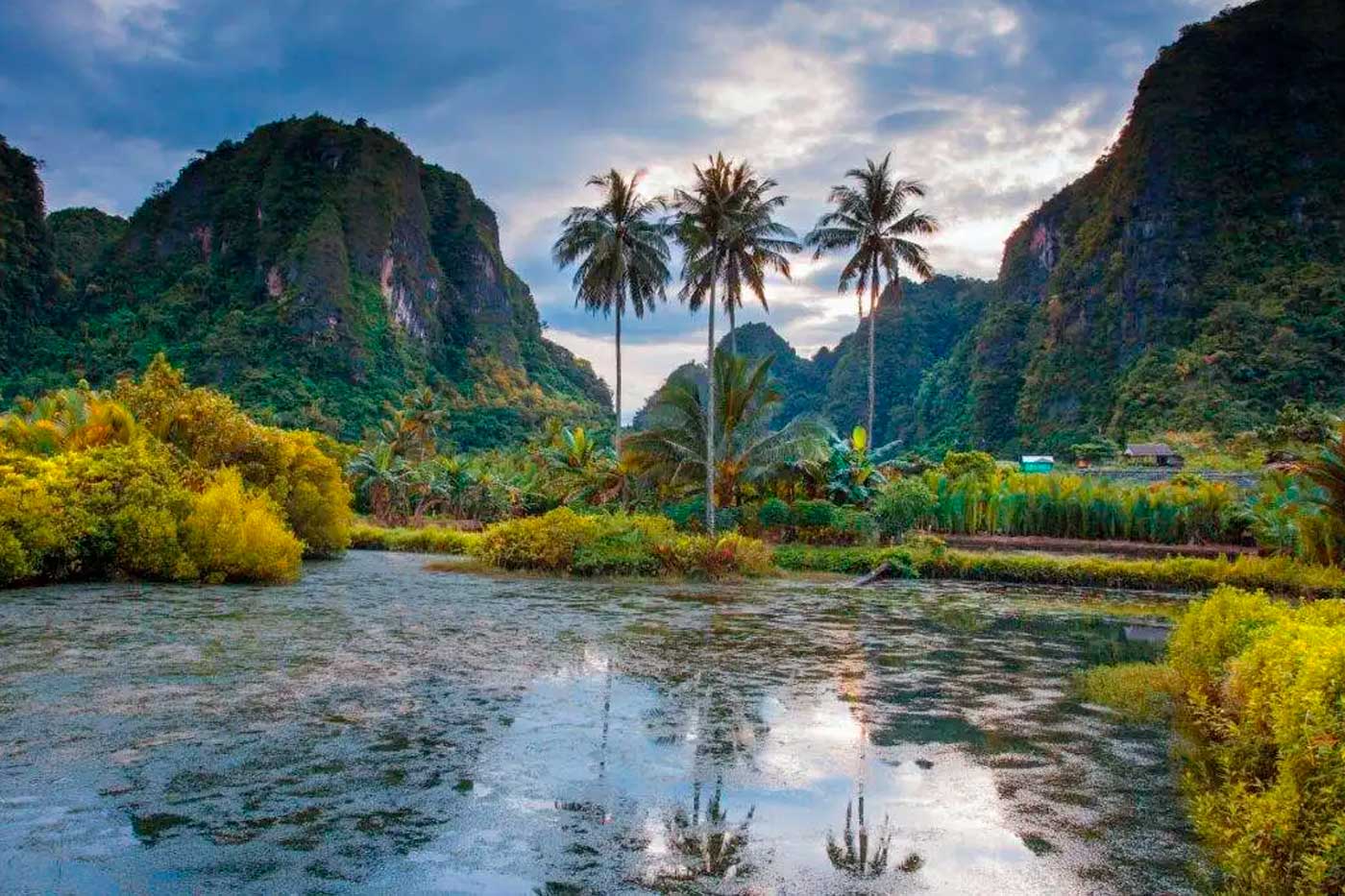
Sulawesi is composed of several peninsulas with a mountainous core and is especially popular among divers and ocean lovers, thanks to incredible spots like Bunaken National Park, the Togian Islands, and the paradise of Wakatobi. The island’s largest city is Makassar, which offers affordable flights to various destinations across Indonesia, as well as Kuala Lumpur. Makassar also has historical colonial significance, featuring an old Dutch fort that is worth a visit.
Sulawesi is home to dense jungles and even prehistoric cave paintings. It is a relatively cheap, peaceful, and deeply traditional destination. However, don’t expect a vibrant nightlife—even finding alcohol can be difficult. But what it lacks in entertainment it more than makes up for with its natural wonders.
Western Papua is one of the most remote, fascinating, and complex regions of Indonesia. This wild and enigmatic land, located at the farthest edge of the archipelago, has long been inhabited by indigenous peoples and remains in constant conflict for independence from the Indonesian government. Papua is rugged, mysterious, and challenging, with weak mobile coverage in most areas and very little English spoken.
Most travelers arrive in Papua through Sorong Airport, primarily to explore nearby islands such as the increasingly popular Raja Ampat, one of the world’s most sought-after diving destinations, or to experience the backpacker haven of Pulau Biak. From there, venturing further into Papua becomes a true adventure, and doing so independently can be quite difficult. However, the sights you will encounter are truly one of a kind.
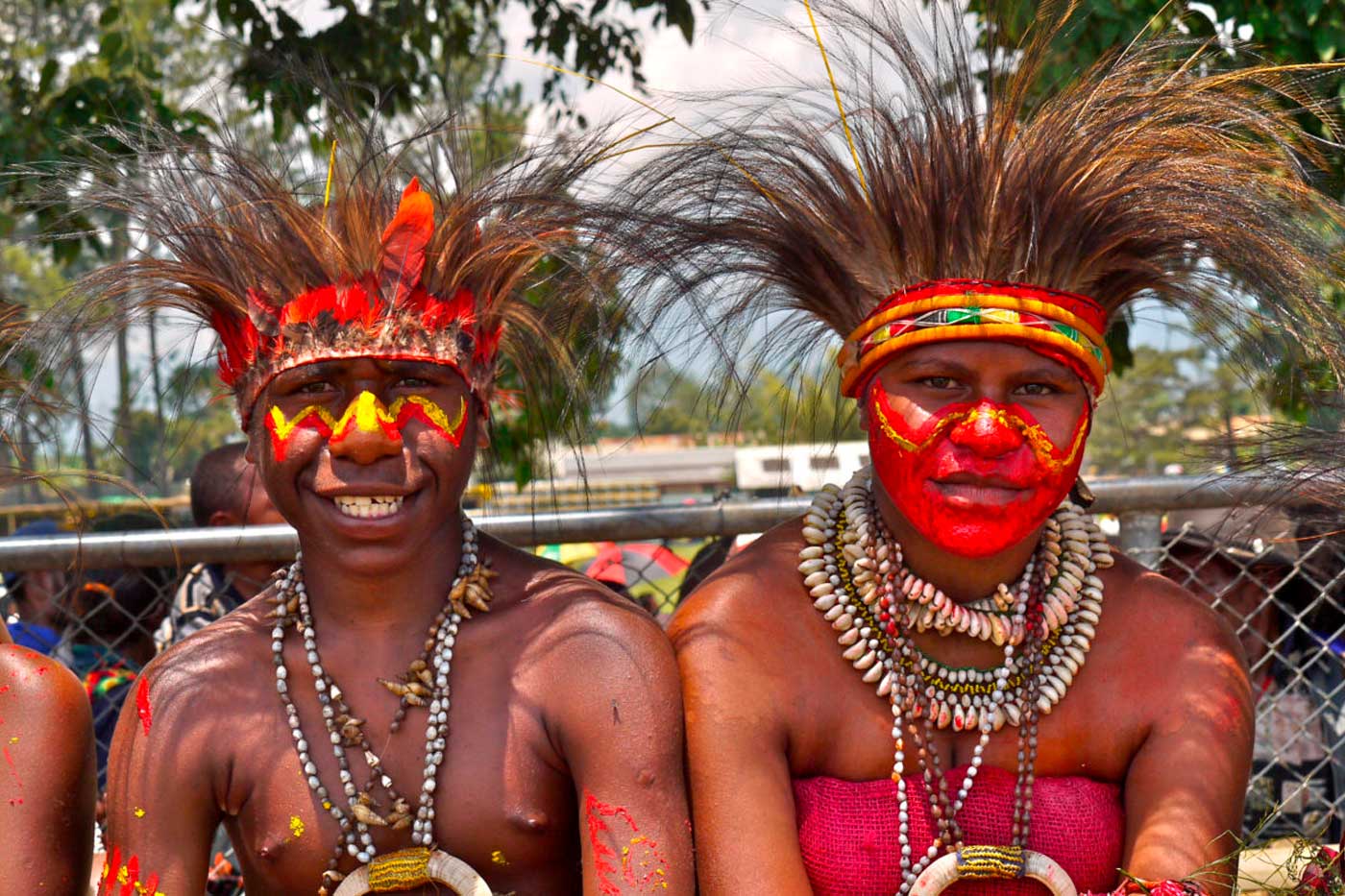
If you decide to explore the region, a visit to Lorentz National Park—a UNESCO World Heritage Site—is highly recommended. Often referred to as the “Amazon of Papua,” it is one of the most ecologically diverse places on Earth. Keep in mind that without a local guide, navigating Papua is nearly impossible, as there are no hotels or shops, and you will need to bring your own supplies and plan your trip meticulously.
One of Indonesia’s least visited yet historically significant regions is Timor, an island divided into two: the eastern half is an independent nation, while the western half remains under Indonesian control. Due to past conflicts, the region was closed to tourism until about fifteen years ago, which has helped preserve its traditional tribal cultures.
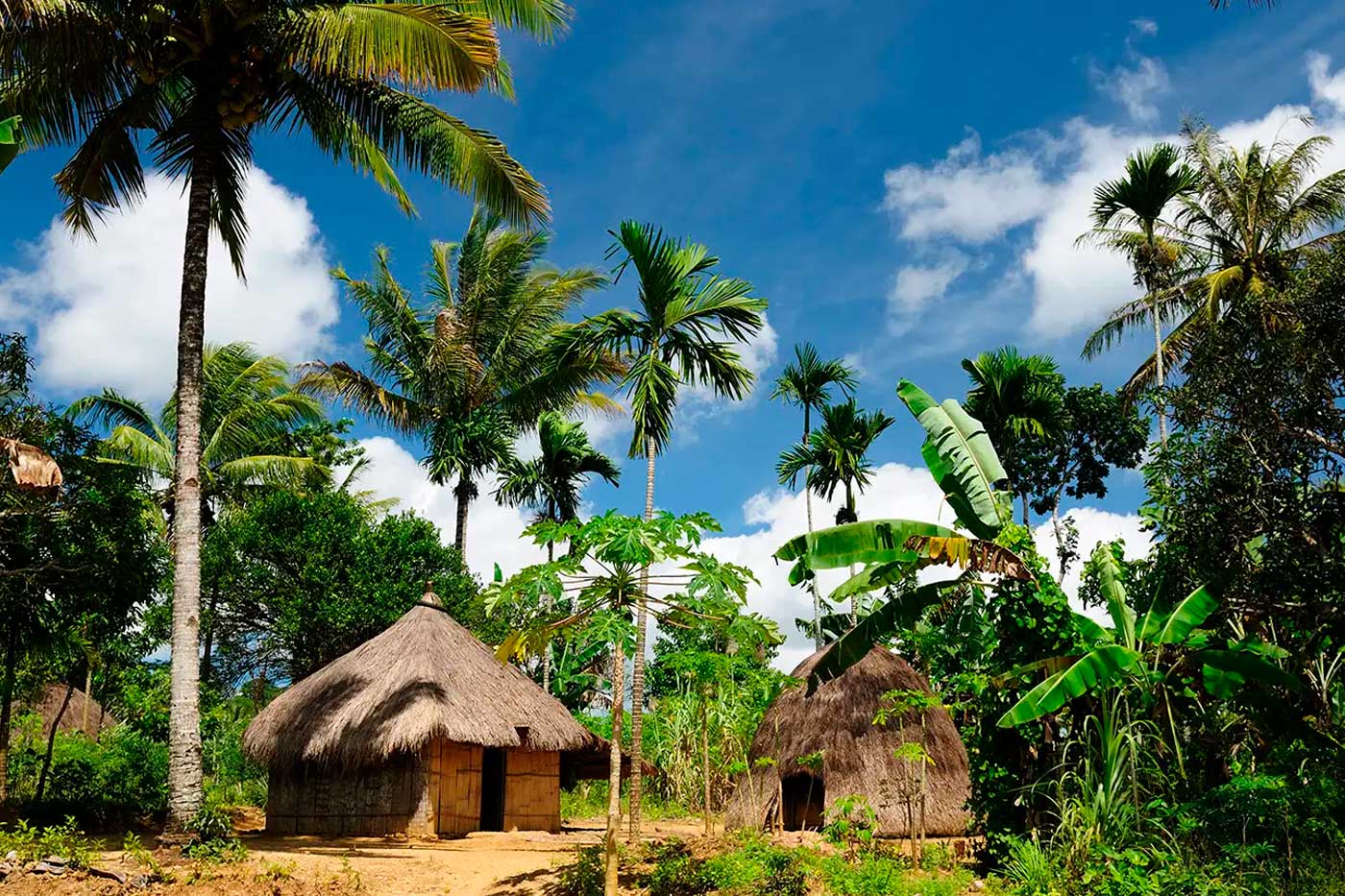
Historically ruled by the Portuguese, West Timor retains many Catholic traditions, and religion still plays an important role in local life. Unfortunately, traveling through Timor is challenging without a private guide, and visitors may encounter customs and practices that are rare elsewhere. One such example is the Temkessi tribes, where time seems to have stood still and ancient rituals—including animal sacrifices—are still practiced. That said, traveling in Timor is generally considered safer than in Papua.
Indonesia is an ideal destination for wildlife enthusiasts, but if there’s one place that stands out, it is undoubtedly Kalimantan, the Indonesian portion of the vast island of Borneo, which the country shares with Malaysia and Brunei. Indonesia owns three-quarters of Borneo’s territory, home to nearly 15 million people, though its population density remains very low due to the island’s immense size. However, its true inhabitants are nature and wildlife.
Exploring Kalimantan takes weeks rather than days. Its vast territory and challenging infrastructure make travel difficult, though the island is well-prepared for visitors and generally welcoming. Unfortunately, parts of its flora and fauna have been impacted by deforestation, as large sections of land are used for palm oil plantations. However, this does not diminish the island’s extraordinary beauty.
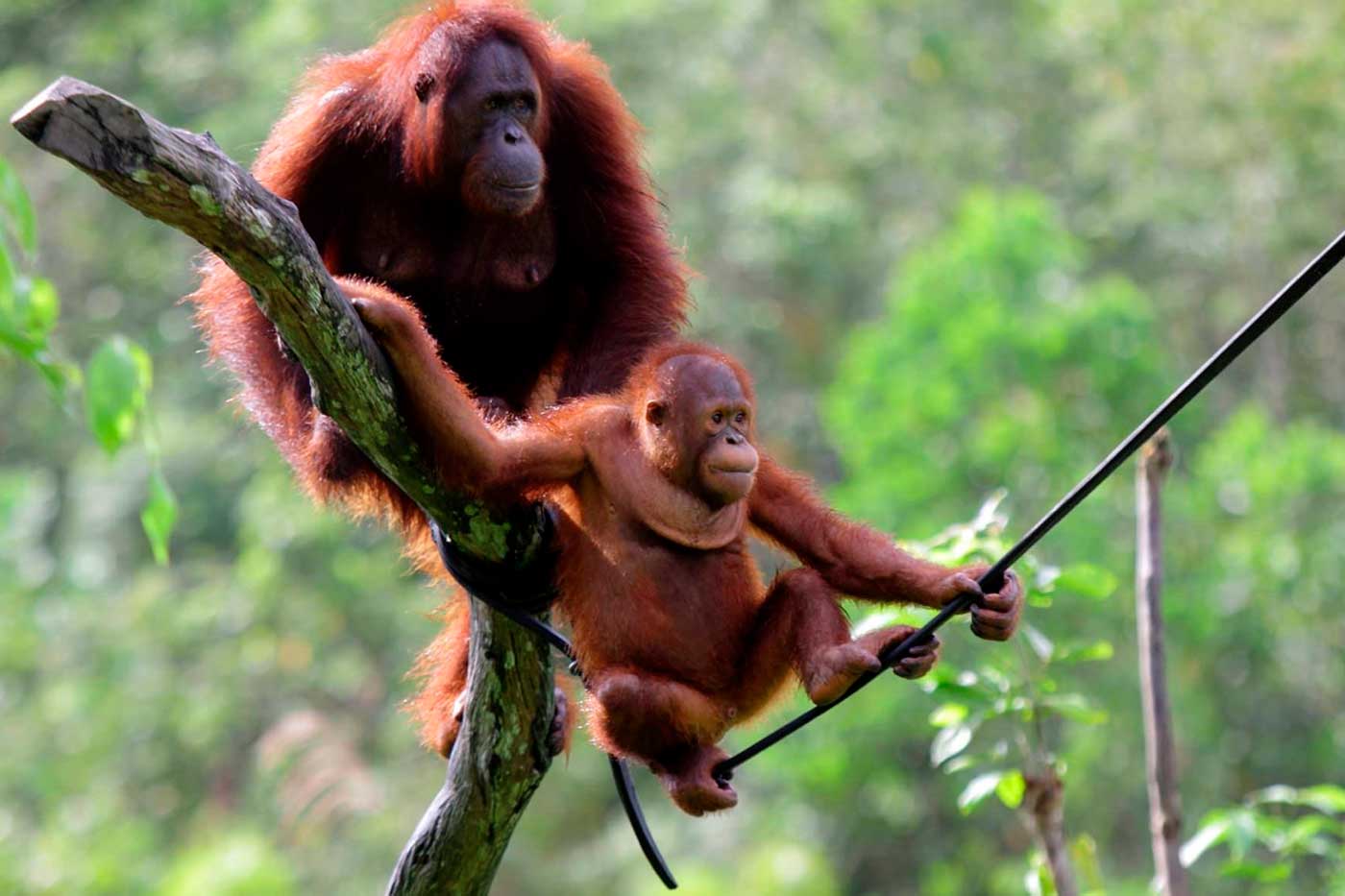
What makes Kalimantan famous among wildlife lovers? Orangutans, above all. These great apes inhabit the island and can be seen in several locations, particularly rehabilitation centers, where injured or orphaned orangutans are cared for before being released back into the wild. One of the most reputable centers is Nyaru Menteng, located in the island’s central region.
It is also possible to spot Asian elephants, Sumatran rhinos, and leopards, though only from a distance, as they roam freely. The marine life is equally remarkable. Divers can encounter turtles, sharks, barracudas, and manta rays.
Few animals attract as many travelers as the Komodo dragon, a species of giant lizard found only in a unique region of the world, Komodo Island and nearby islands like Rinca, where these venomous titans can also be observed.
Komodo is a protected national park that cannot be visited independently. Travelers must be accompanied by an official guide, who will lead them to the beaches where these enormous monitor lizards live, a species truly unlike any other.
To visit Komodo, travelers must first go to Labuan Bajo, on the western tip of Flores, where they can book a tour to the island. Alternatively, some tours from Lombok also include a visit to Komodo.
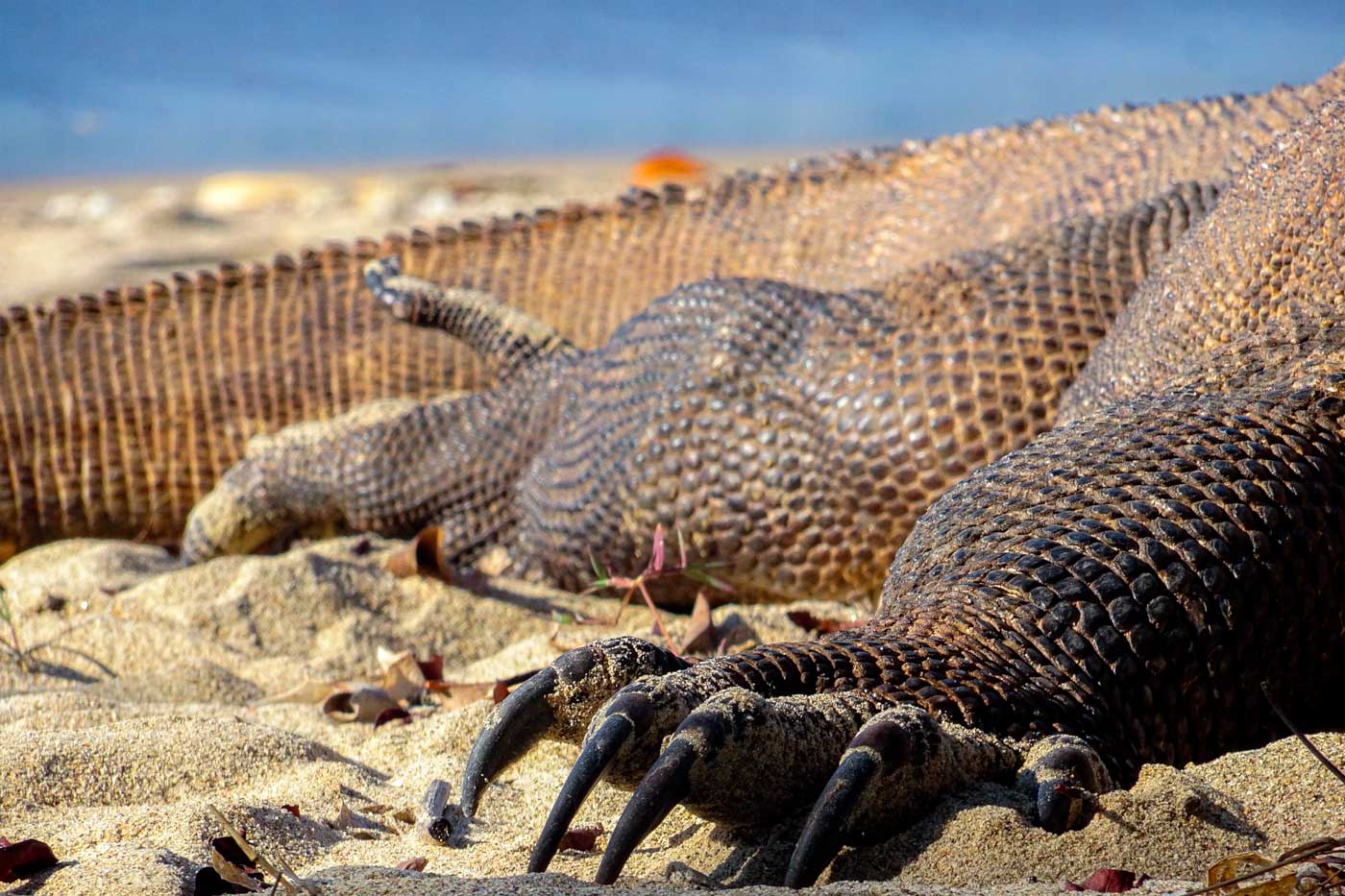
The rocky island of Komodo holds another treasure beneath its waters. Diving in this region offers a chance to see massive manta rays and countless sharks, in currents that can reach up to eight knots, along with one of the most diverse marine ecosystems in the world.
One of the most fascinating primate species in the world is the tarsier, the smallest primate on the planet. The two most well-known species are found in Bohol (Philippines) and North Sulawesi (Indonesia).
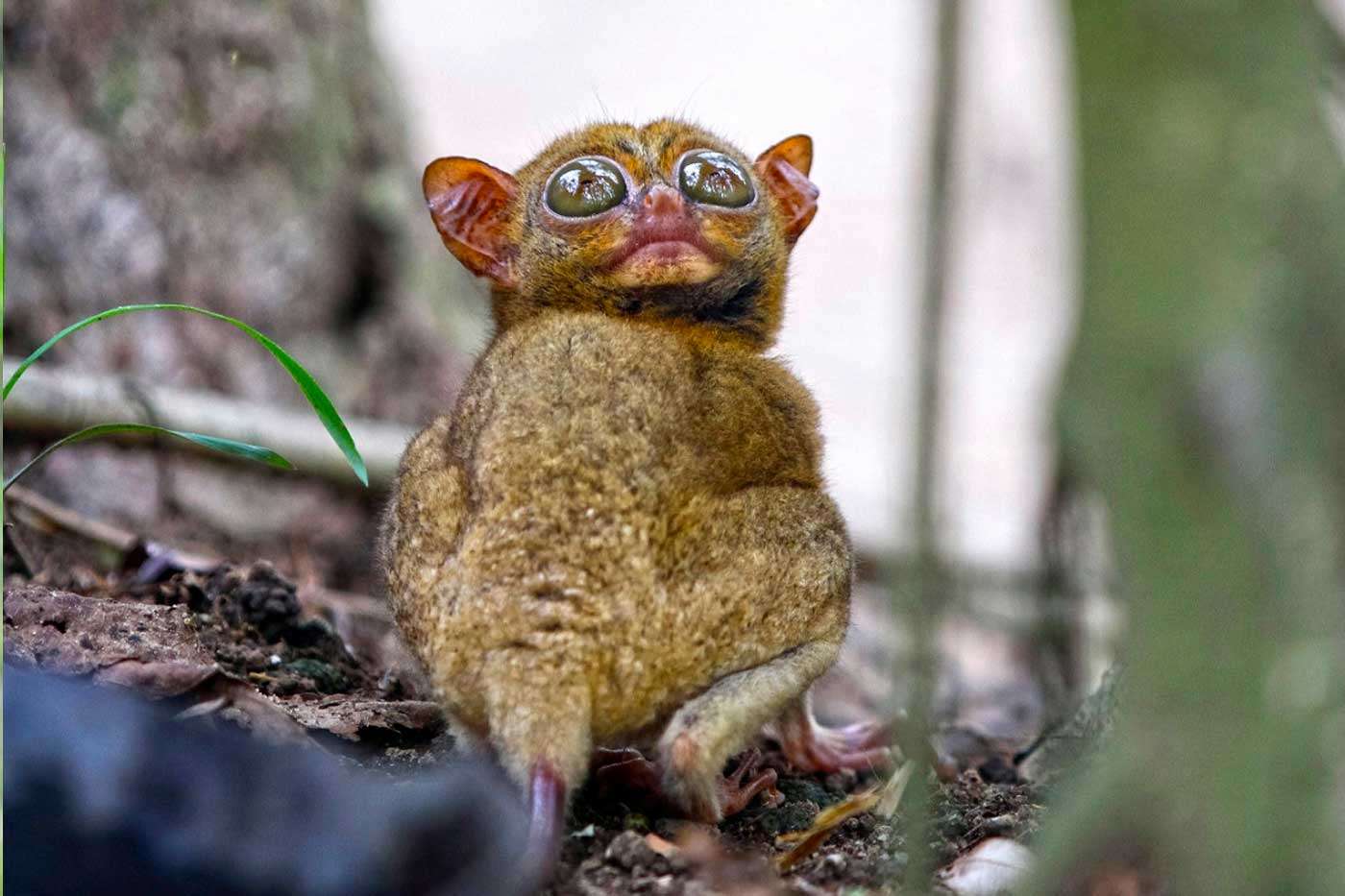
The Sulawesi tarsier is even smaller than its Bohol counterpart, measuring only 9 to 14 centimeters in body length. Despite its size, it has enormous eyes, larger than its brain, as well as elongated hands and feet.
To see this endangered species in its natural habitat, the best place to visit is Tangkoko National Park, in the far north of Sulawesi. The park is also home to a wide variety of birds and owls, making it a must-visit for wildlife lovers.
One of Indonesia’s most remote yet increasingly popular destinations is Raja Ampat, an archipelago that belongs to Papua but is often considered a separate and unique destination. For many, Raja Ampat is paradise on Earth, a collection of islands with jaw-dropping turquoise waters and an unparalleled marine ecosystem.
Getting to Raja Ampat is not easy, travelers must first fly to Sorong Airport (Papua) and then take a boat to Waisai, the capital of the archipelago. Internet connectivity is weak, and the region feels incredibly isolated. However, the journey is absolutely worth it. Recently, tourism has slightly declined due to an increase in visitor numbers.
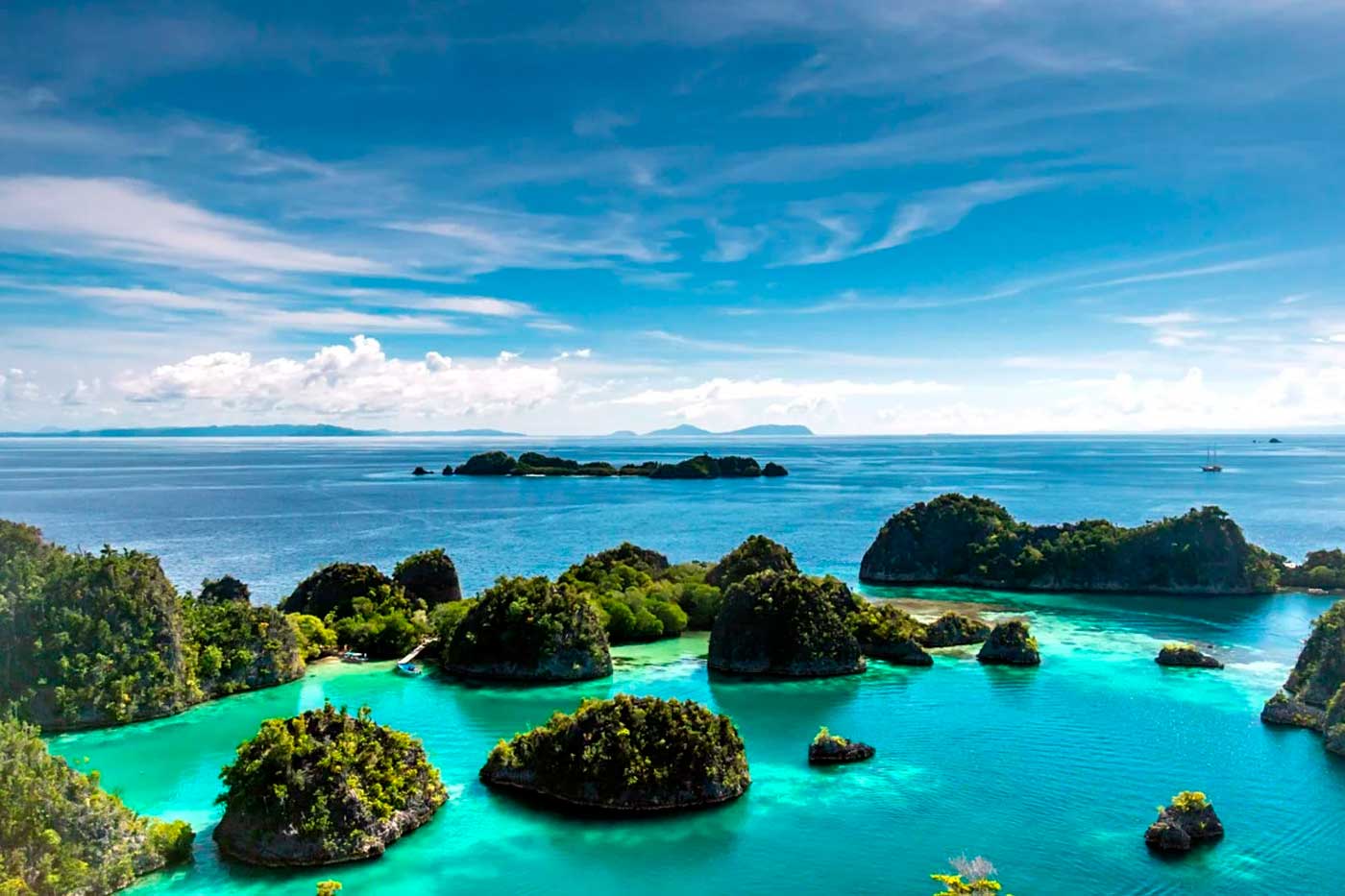
Why is Raja Ampat a top wildlife destination? Because of its marine life. If any place rivals Komodo National Park for the best diving in Indonesia, it is Raja Ampat. Divers can spot everything from small damselfish and fusiliers to massive tuna and schools of jackfish. The waters are also home to batfish, surgeonfish, barracudas, sharks, and, of course, majestic manta rays.
For those who love exploring the ocean’s depths, Raja Ampat is an unmissable destination.
The Moluccas are among Indonesia’s most exotic and least-known destinations—even among Indonesians. Yet, for many, this region is a hidden paradise, filled with pristine white-sand islands and historic villages. A marine jewel, the Moluccas rival Raja Ampat and Papua in beauty, yet see far fewer visitors.
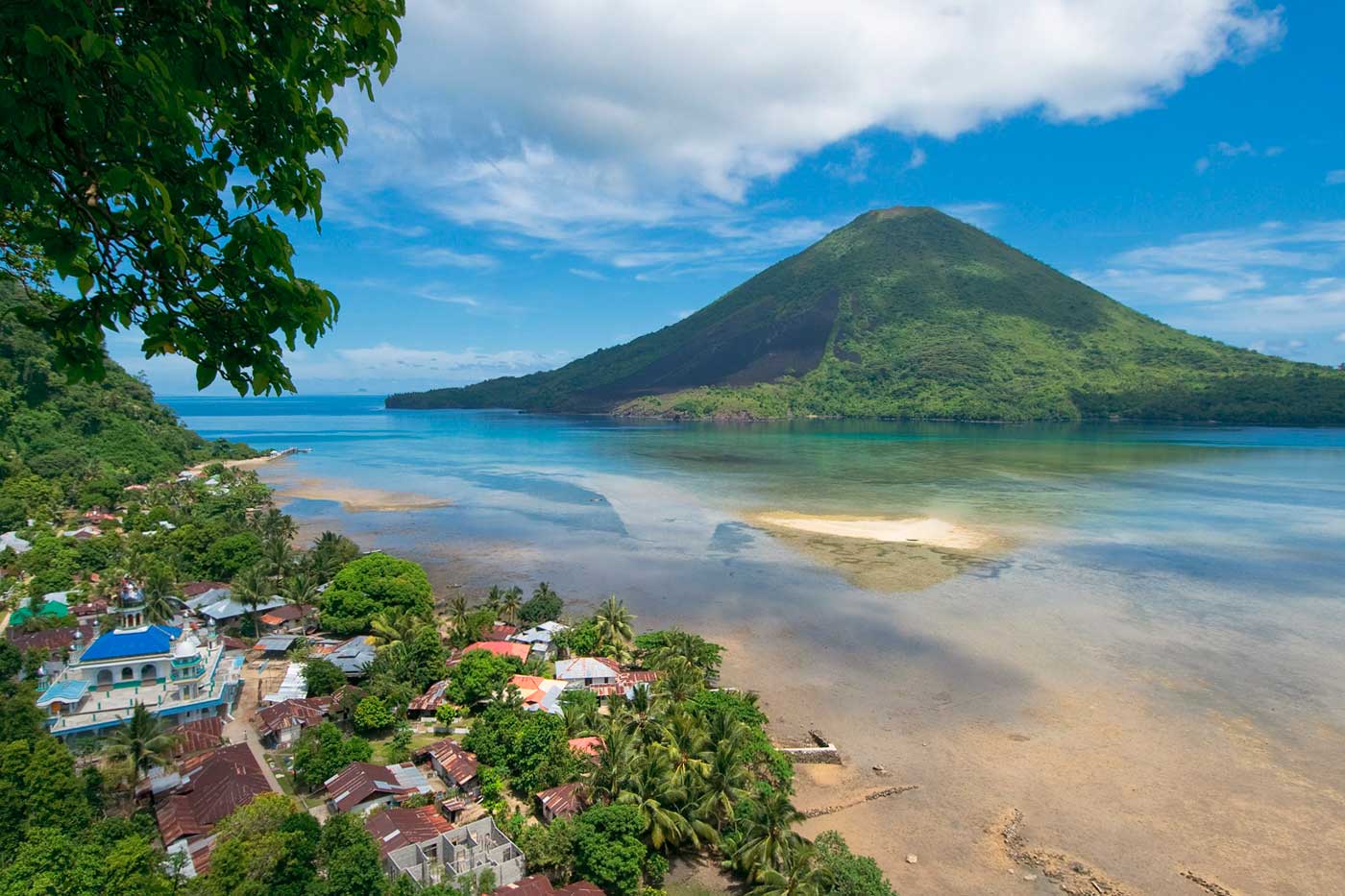
In addition to their breathtaking beaches and exceptional diving opportunities—where manta rays glide through crystal-clear waters—the Moluccas are home to rare and endangered parrots, making them a dream destination for wildlife and nature lovers.
For marine life enthusiasts, alongside Raja Ampat and Komodo, and with the Moluccas’ approval, another must-visit destination is Wakatobi. Located in southeastern Sulawesi, Wakatobi National Park consists of four islands that, while remote and challenging to navigate, offer an uncrowded and truly untouched paradise.
Wakatobi is perfect for travelers seeking adventure, as well as for divers passionate about marine biodiversity. The region boasts massive coral reefs and a rich underwater world, featuring turtles, Napoleon wrasse, reef sharks, grey and blacktip sharks, and playful dolphins.
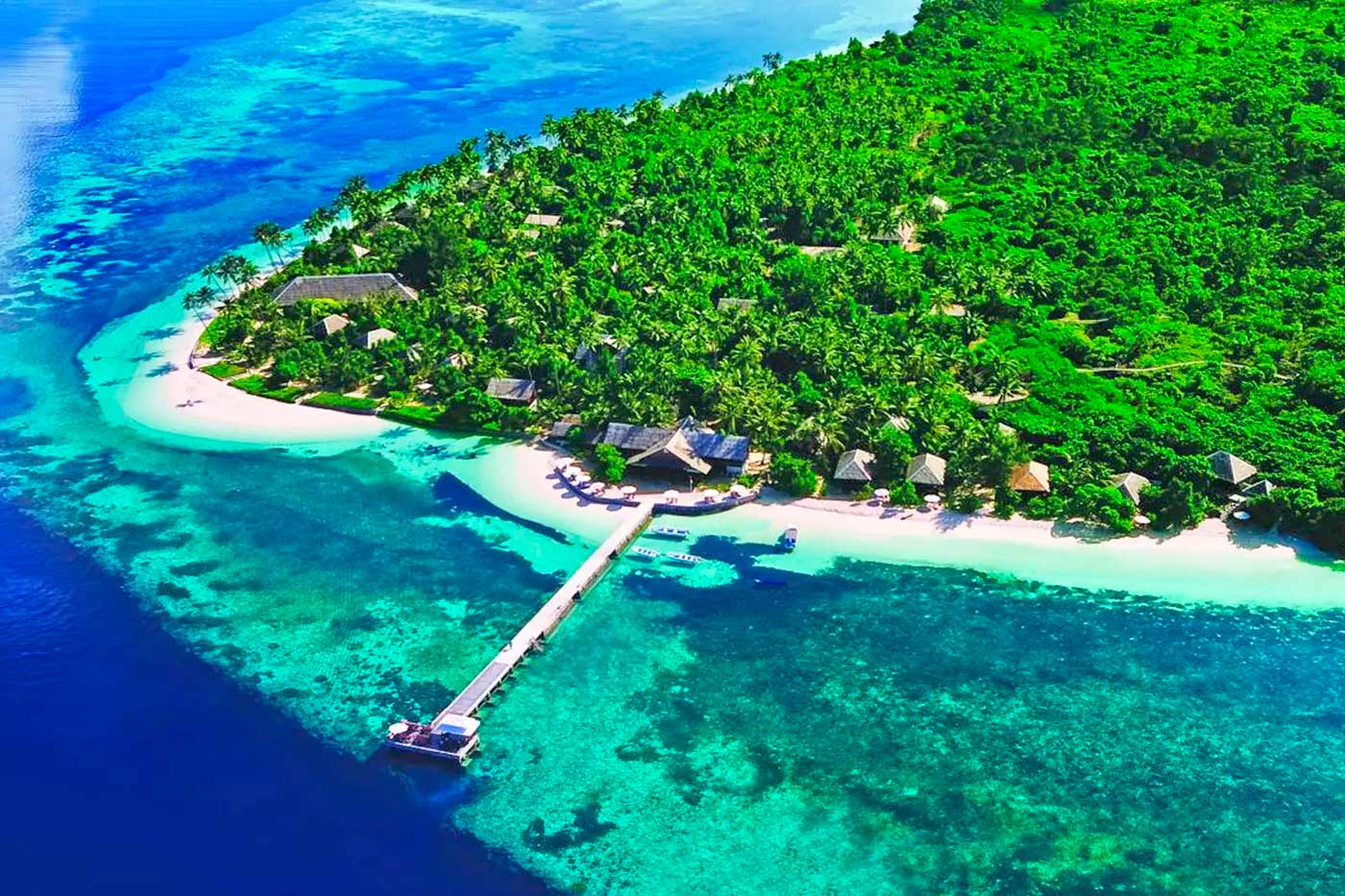
For those looking for an alternative in northeastern Sulawesi, Pulau Labengke, often called the “Raja Ampat of Sulawesi“, offers equally stunning diving and marine exploration opportunities.
Probably the most popular archipelago of small islands for tourists in all of Indonesia is the Gili Islands, located on the western side of Lombok but close enough to Bali that their three main destinations are often packed with travelers.
Despite being a mass tourism hotspot, the Gili Islands have managed to retain their breathtaking beauty. While they are highly focused on catering to visitors, there are still uncrowded areas, and all three islands boast well-kept, picturesque beaches where you can enjoy peace and tranquility.
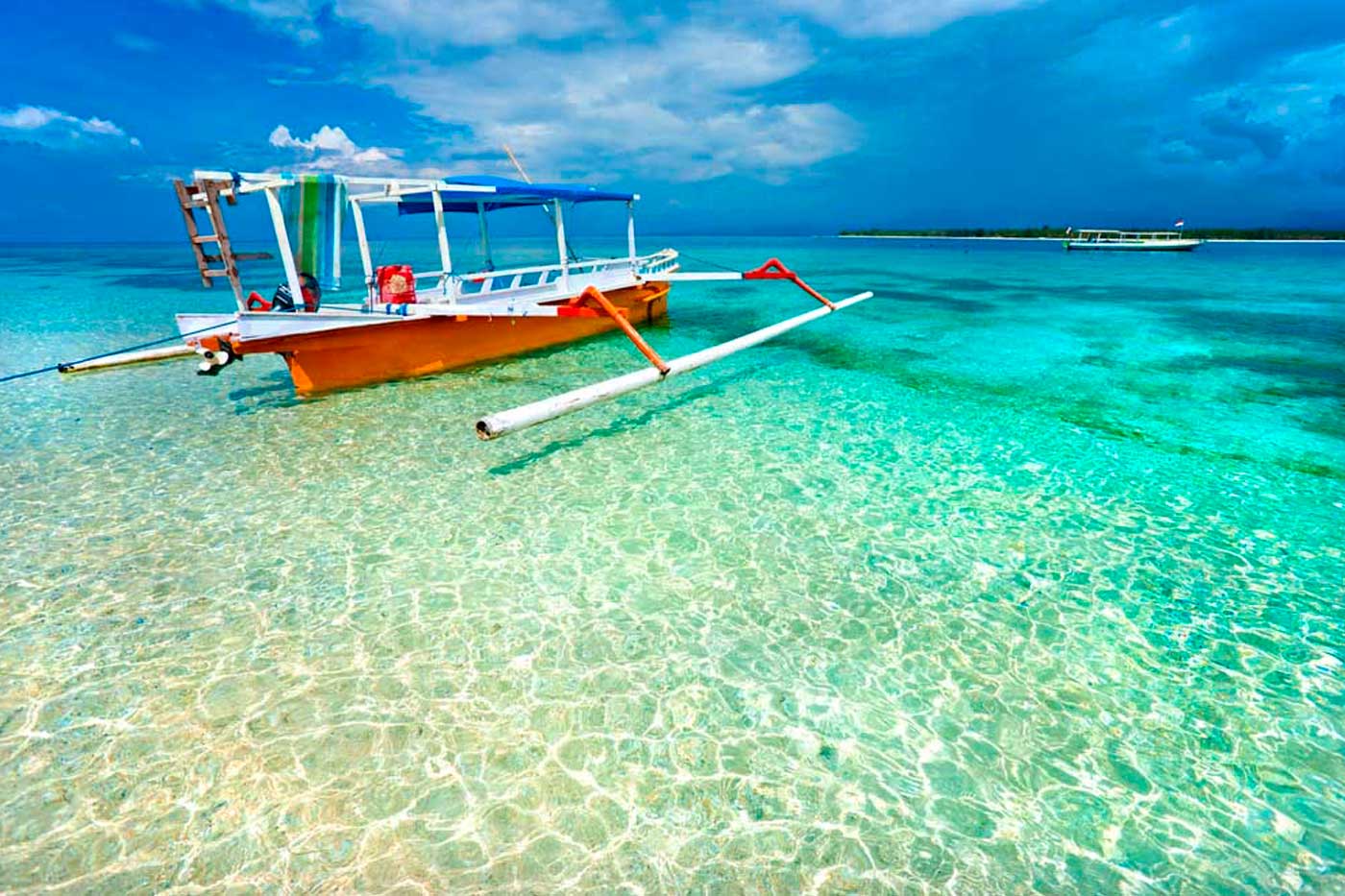
Among the three, Trawangan is the most crowded, heavily commercialized, and the center of nightlife in the area. Gili Meno, the least developed, receives the fewest visitors, but it also has the most stunning beaches. Finally, Gili Air strikes a balance, offering beautiful beaches alongside a moderate tourism scene.
Aside from the immense Kalimantan, the other great natural island in Indonesia is Sumatra, a destination so vast and diverse that it could easily be an entire country on its own. Its strategic location near Malaysia makes it significant, but it is best known for its rugged tropical terrain, exceptional wildlife, and fiery volcanoes.
However, it is also prone to natural disasters, and its resilient population has learned to adapt, as evidenced by the 2004 tsunami memorial museum.
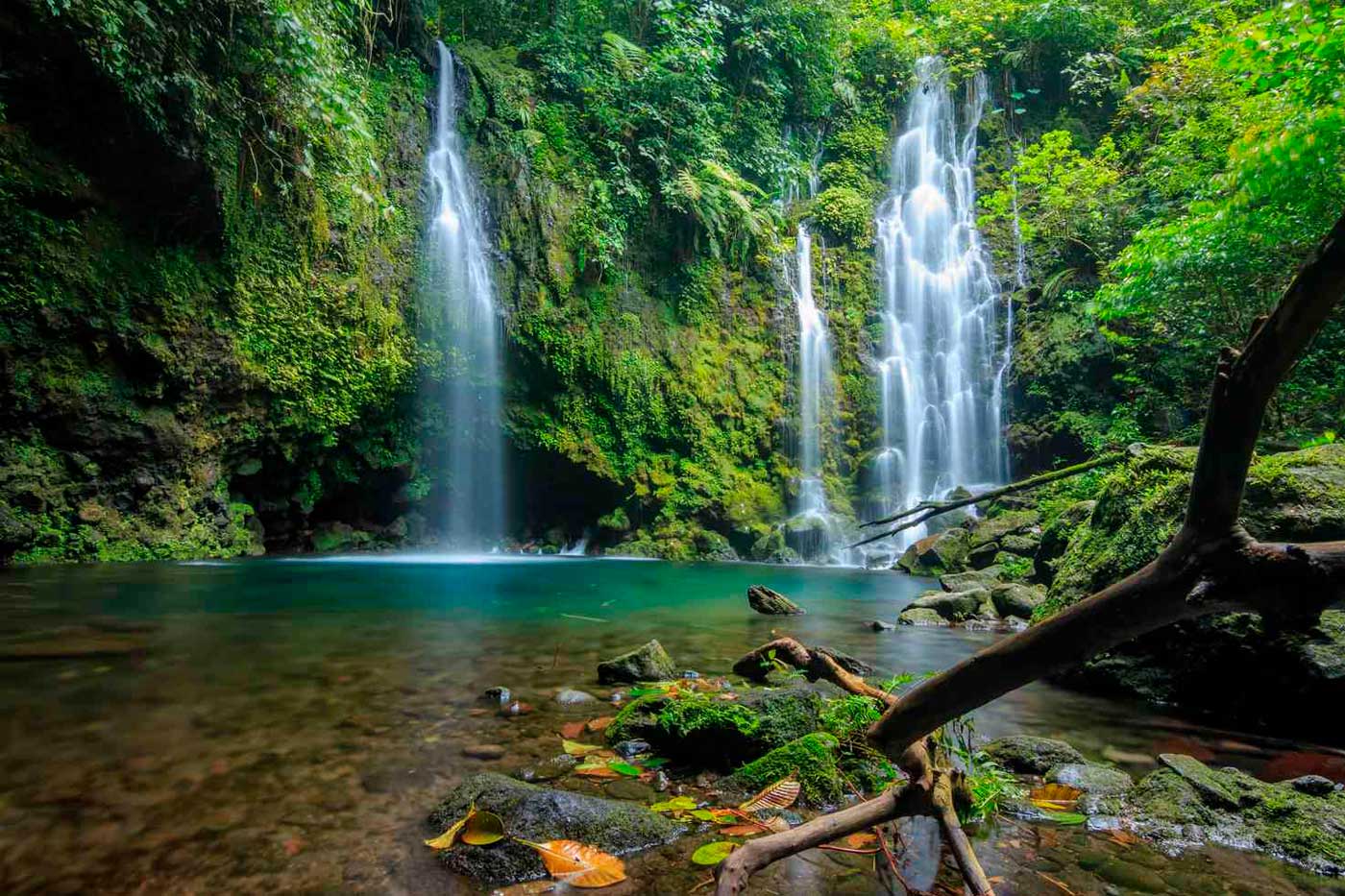
The largest city, Medan, serves as the main gateway to Sumatra. From there, you can access the island’s northern regions, including the iconic Lake Toba, the largest volcanic lake in the world, which even has an island at its center that can be fully explored. Beyond Lake Toba, Sumatra is home to numerous breathtaking lakes, particularly in the southern regions.
Sumatra is also renowned for its vast primary rainforests. The Gunung Leuser National Park is among the most spectacular in Southeast Asia and shelters 80% of Sumatra’s orangutan population.
The charming town of Bondowoso, located on Java Island, is conveniently close to the port leading to Bali, making it an ideal stop for travelers journeying between the two islands.
In this welcoming province, you will find the cozy Palm Hotel, a colonial-style retreat harmoniously integrated with Java’s lush landscape—an excellent base for exploring one of the island’s most stunning natural regions.
Nearby, Sempol is a beautiful mountain village that remains untouched by mass tourism, with just a single hostel available. From here, visitors can venture to Kawah Ijen, the most breathtaking sulfur volcano in Indonesia, offering otherworldly views reminiscent of a science-fiction landscape.
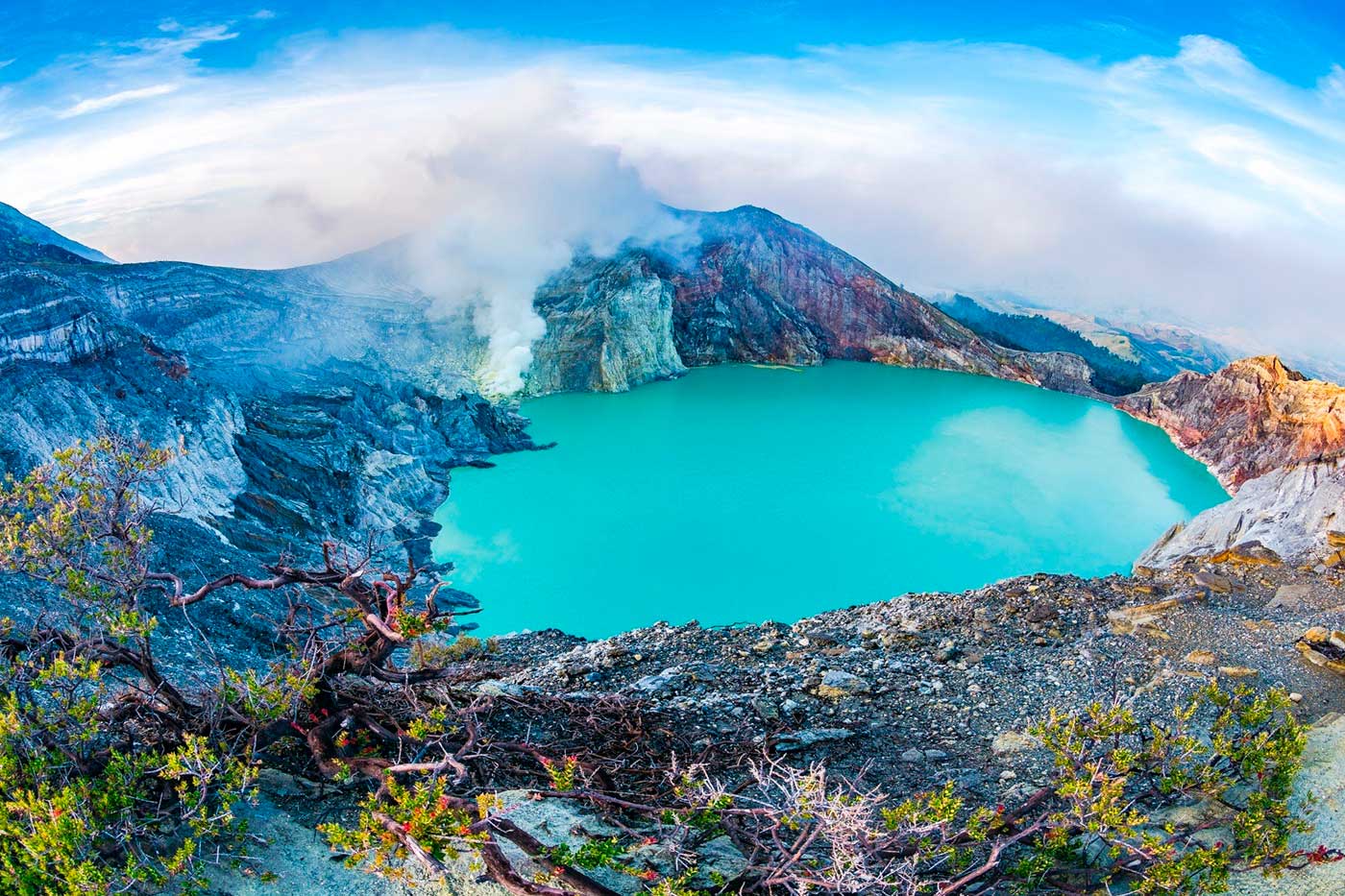
From Bondowoso, it is also possible to reach Mount Bromo, the other major volcano on Java. While Bromo is equally accessible from Surabaya, the eastern capital of Java, the Bondowoso route offers a more natural and less crowded experience.
Another of Java’s remarkable natural wonders is the Dieng Plateau, a high-altitude volcanic plateau that hosts the active Dieng volcano. Situated near Wonoboso, in the heart of central Java, Dieng lies approximately 2,000 meters above sea level, far from major cities. Its name means “Abode of the Gods.”
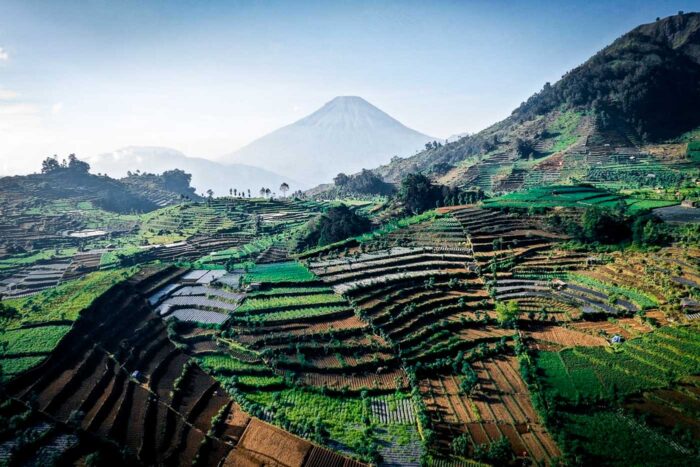
Se considera que Dieng es uno de los lugares naturales más especiales de todo el país. Allí es posible ver lagos minerales, pero también muchos cráteres volcánicos, templos e incluso un pueblo en sus alturas. Desde la cima hay una vista despampanante al volcán, que es preciosa sobre todo al amanecer.
Our philosophy, at the beginning, was always “book the first night and then go find hotels as you go” but since people began to travel in masses, new hotels and new “fully booked” signs emerged, along with new booking websites. The advantage is that now you have, within reach of a click, a lot of hotels and guesthouses that you can choose from before arriving at your destination.
We recommend platforms like Booking.com or Agoda.com, which are very active in Southeast Asian countries like Indonesia.
Indonesian cuisine is flavorful and satisfying, though it can feel repetitive if you don’t venture beyond the most common dishes. Indonesians love nasi goreng (fried rice) and mie goreng (fried noodles), which can be found everywhere. These staples are typically served with vegetables, meat, or eggs, making them a versatile daily meal.
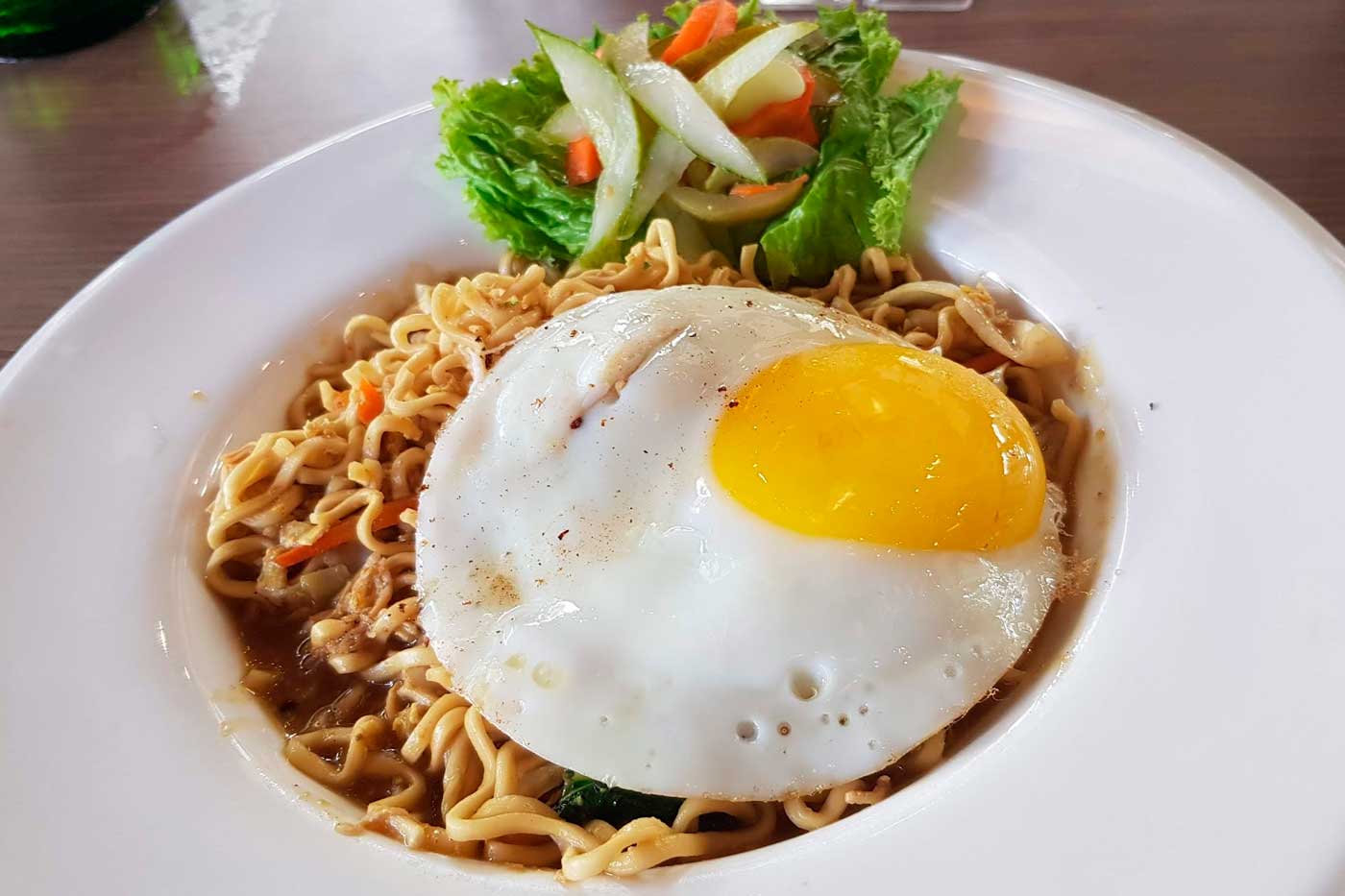
We highly recommend exploring beyond the basics by trying Indonesian curries, nasi campur (a mixed rice dish with various toppings), and the numerous offerings of warungs—a word you’ll often see, and one you should remember. “Warung” means local eatery, here you’ll find authentic Indonesian flavors.
If you enjoy seafood, don’t hesitate to try grilled fish. The fish in this region is fresh, delicious, and inexpensive. Many local markets allow you to purchase fresh seafood and have it cooked on the spot over an open flame.
Traveling around Indonesia can be challenging, as public transportation is scarce outside major cities like Jakarta. On some islands, such as Bali, public transport is nonexistent, leaving travelers reliant on taxis and ride-hailing apps.
We recommend using Grab—Southeast Asia’s equivalent of Uber—for affordable and convenient transportation. It is available in most major tourist areas. Another option is motorbike taxis, which are significantly cheaper but also less comfortable and more dangerous.
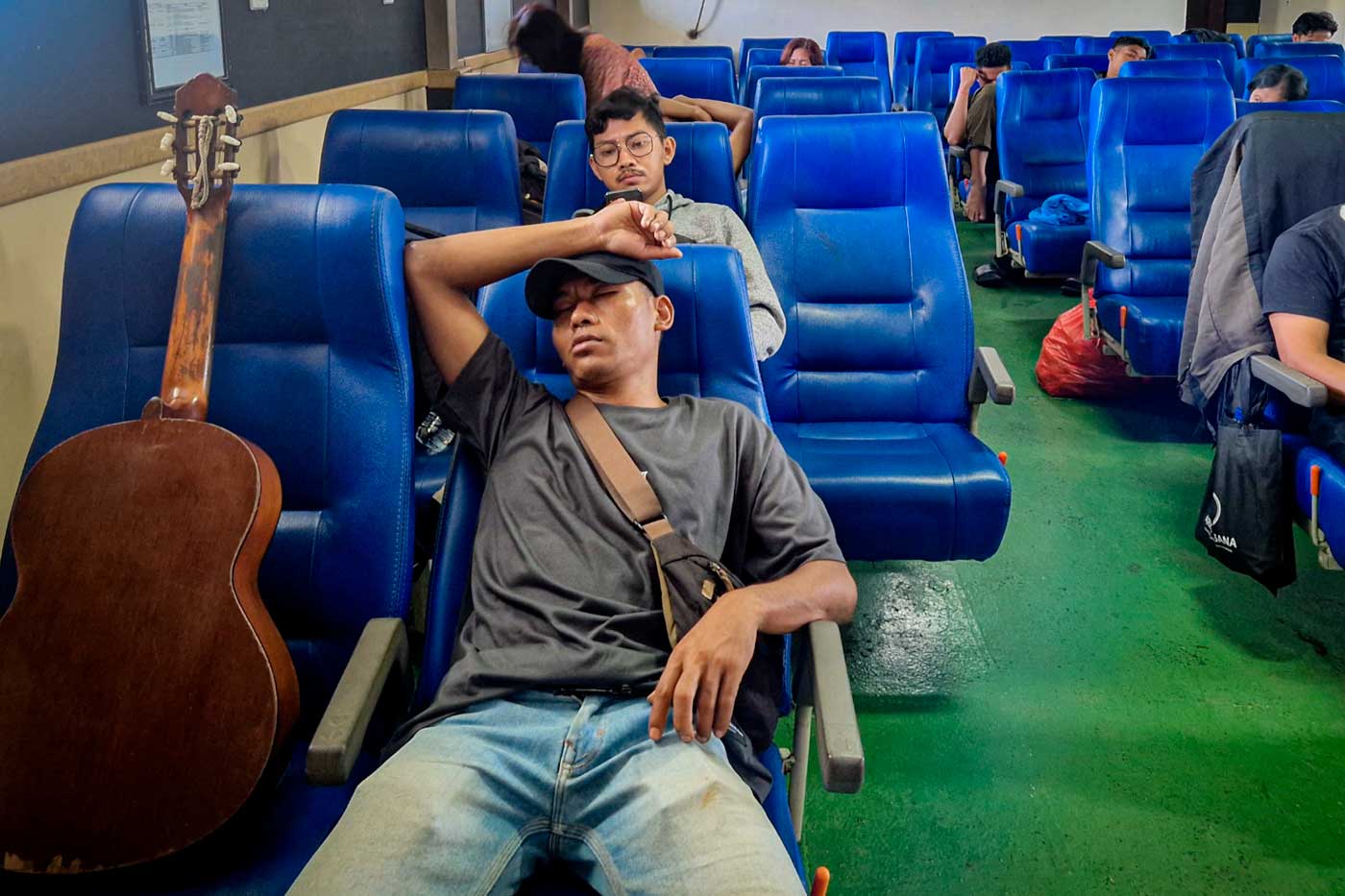
However, in Sulawesi, Papua, and Timor, transportation becomes far more complicated. In Timor, for example, getting around is a true adventure, and hiring a guide might be the best option. In many of these remote areas, internet access is extremely limited.
If you are confident riding a motorbike and hold an international license, you can rent a scooter almost anywhere in Indonesia. Rental prices vary by location, and many places don’t require a deposit or passport. However, be cautious—if you have an accident, you will be held fully responsible. Only choose this option if you are an experienced rider.
Exploring the underwater world is a fascinating yet sometimes daunting activity. Simply putting on a diving mask and peering beneath the surface reveals a whole new world of colors and unfamiliar life forms.
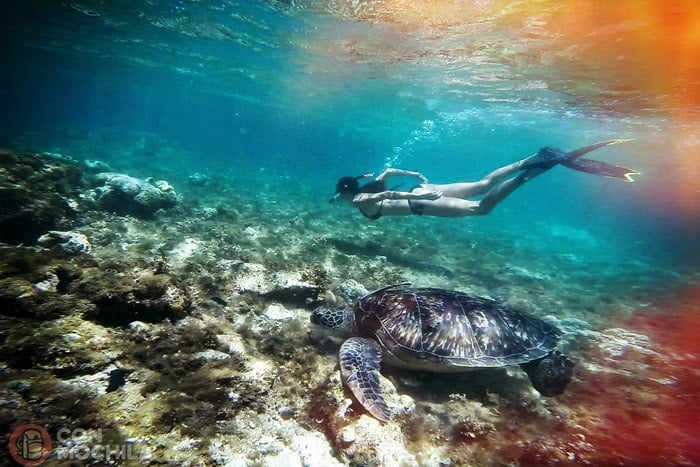
However, this world needs to be cared for and respected. If you’re planning to include snorkeling in your trip and want to ensure your presence doesn’t negatively impact the ecosystem, consider learning about responsible diving practices (whether with or without a tank).rior, lo que he aprendido que es un buceo responsable (con botella o sin ella).
Click on the image and it will take you to a new Google Maps window with all the points of interest to travel around Indonesia.